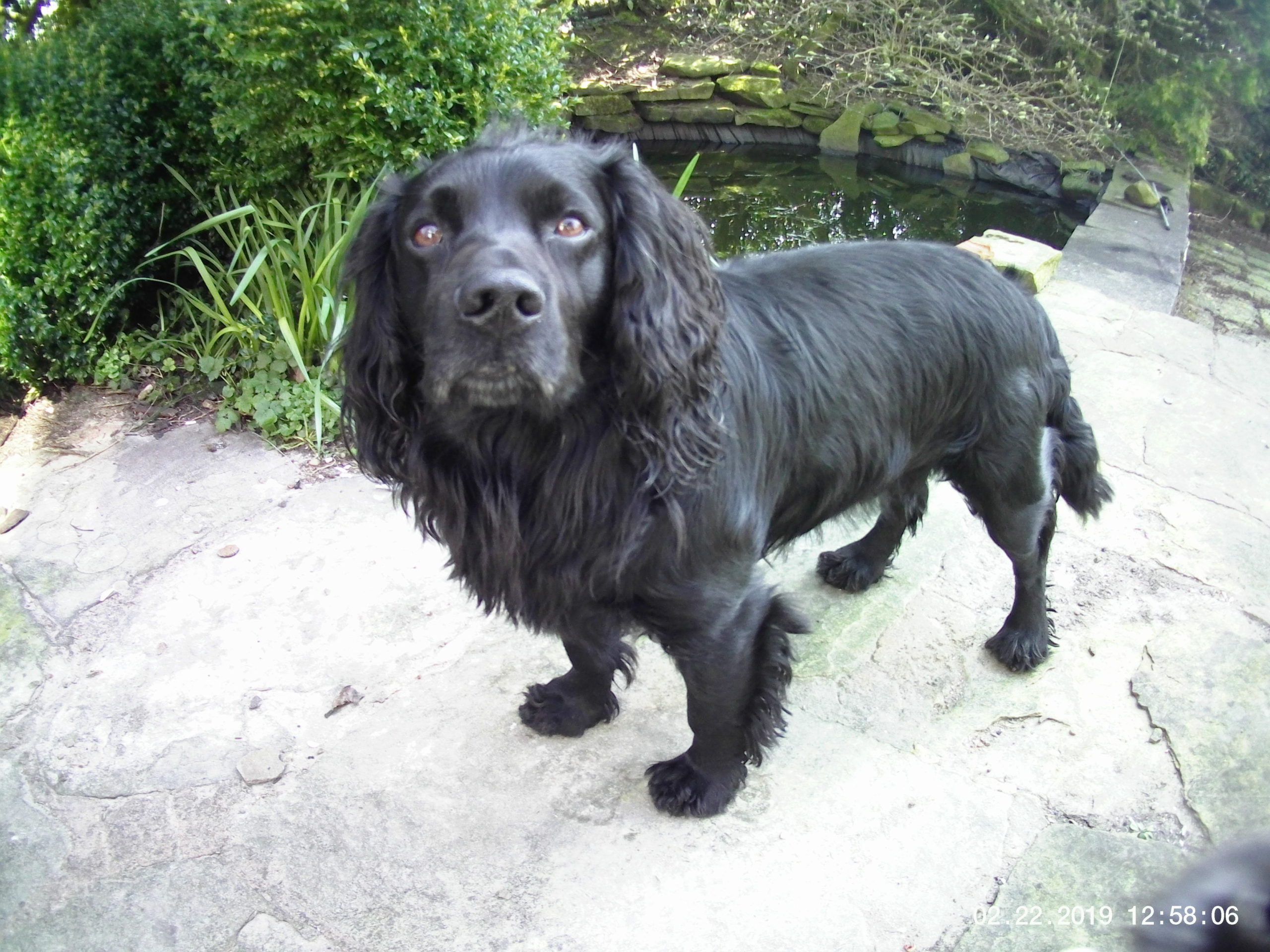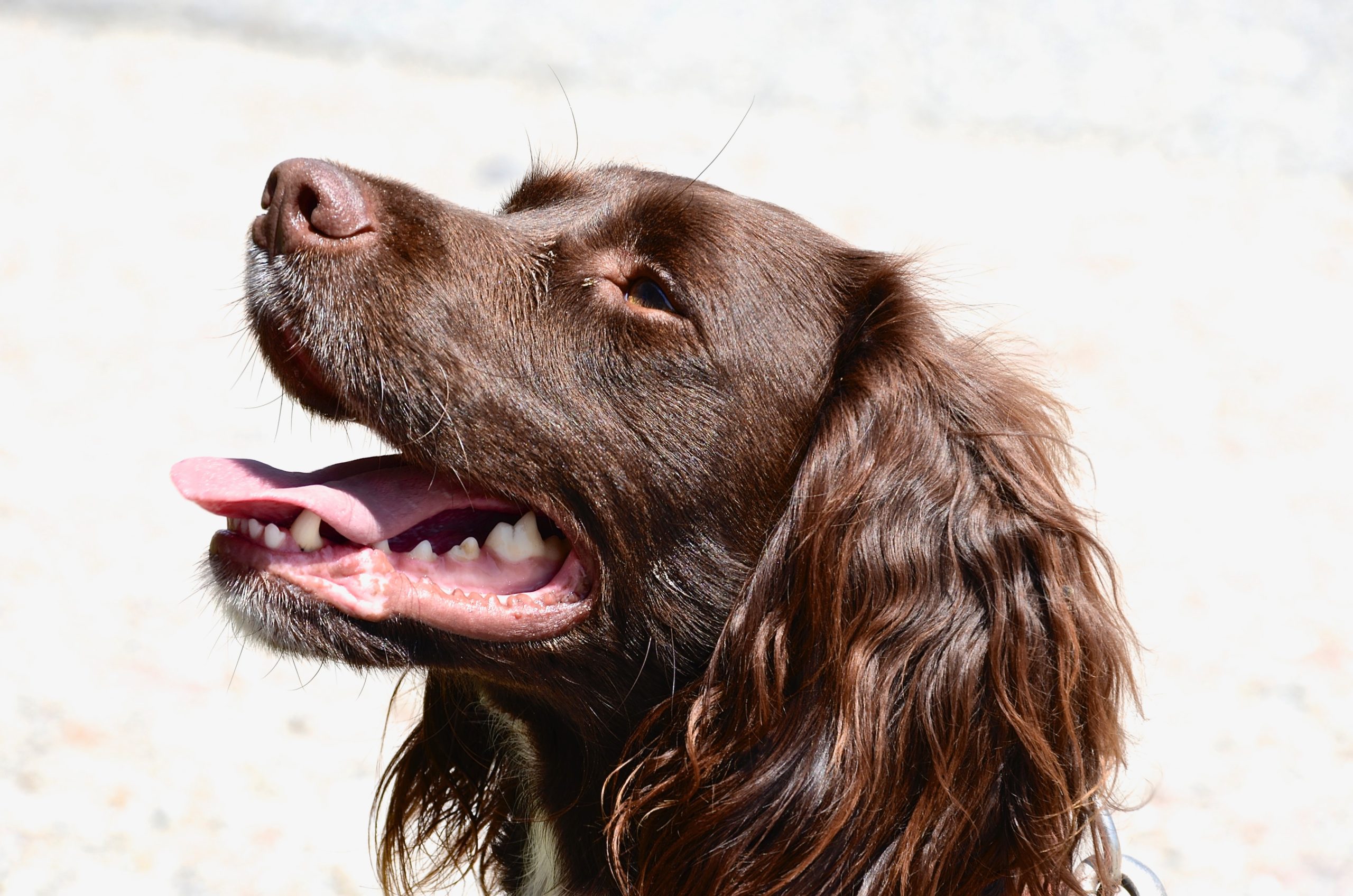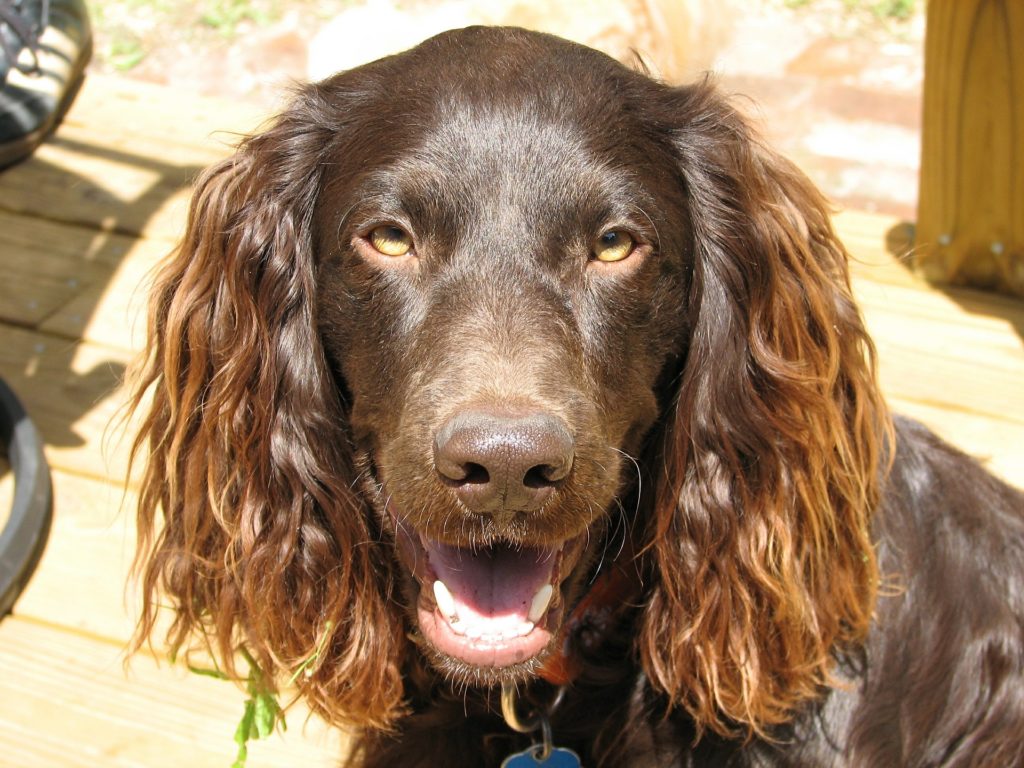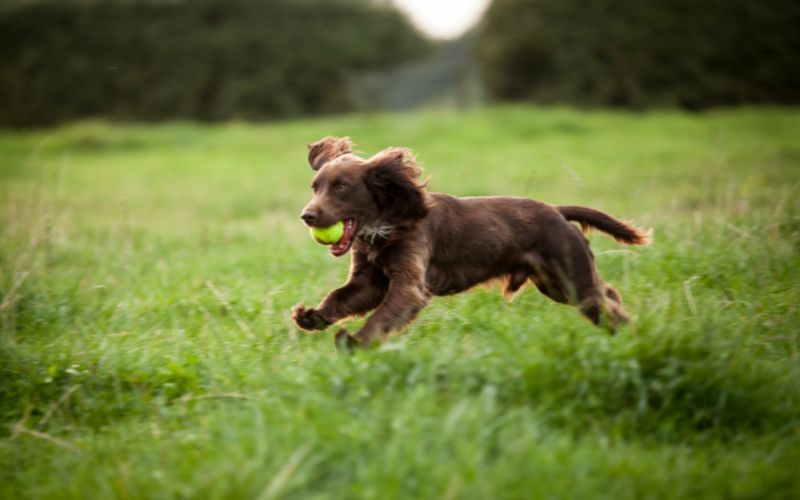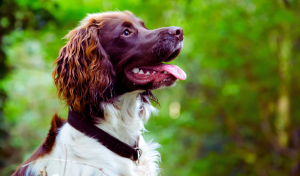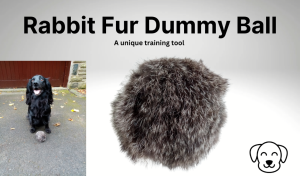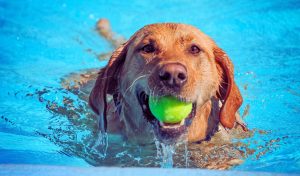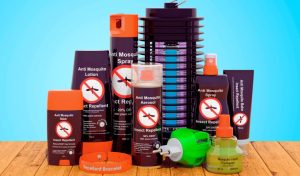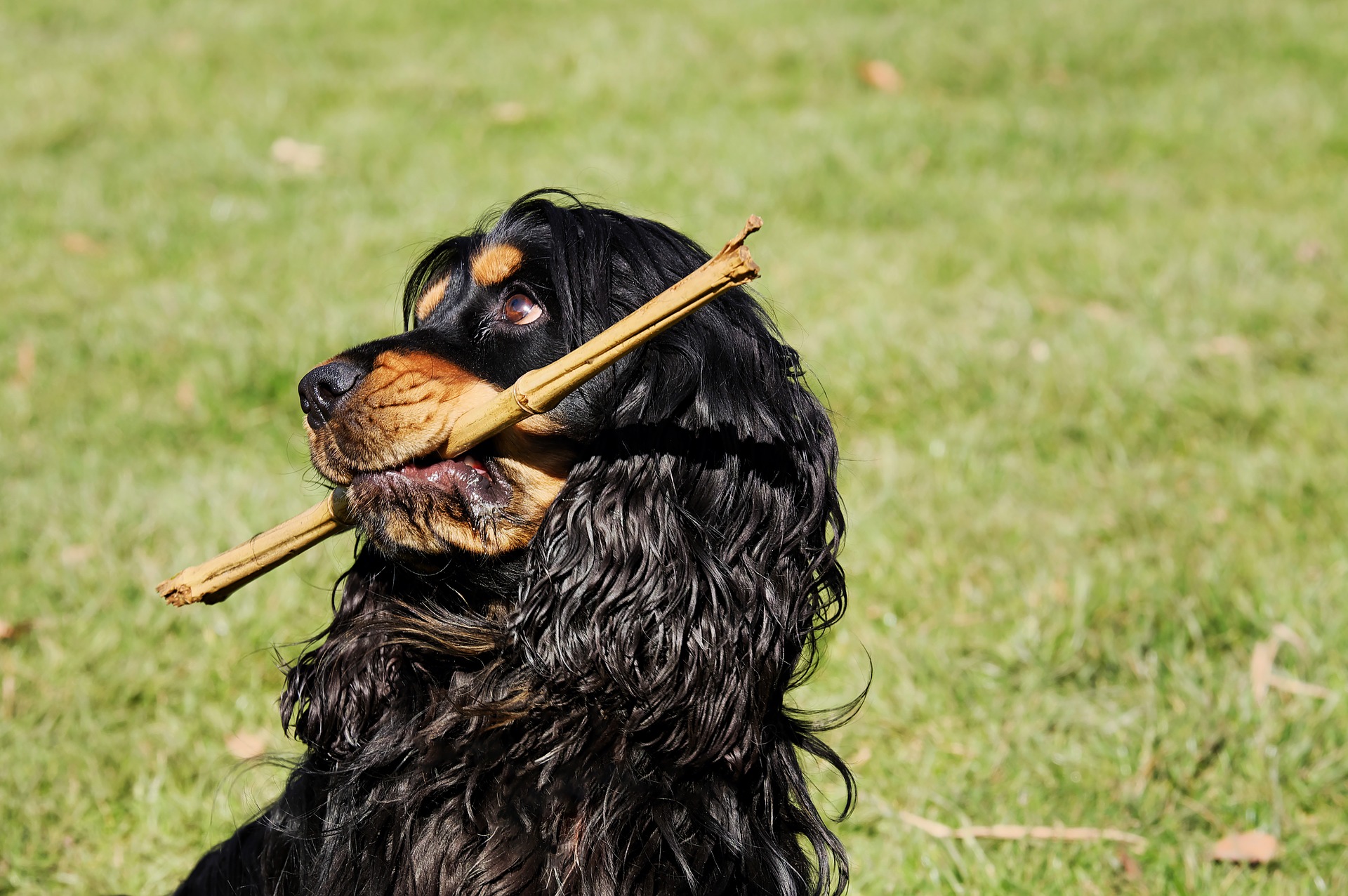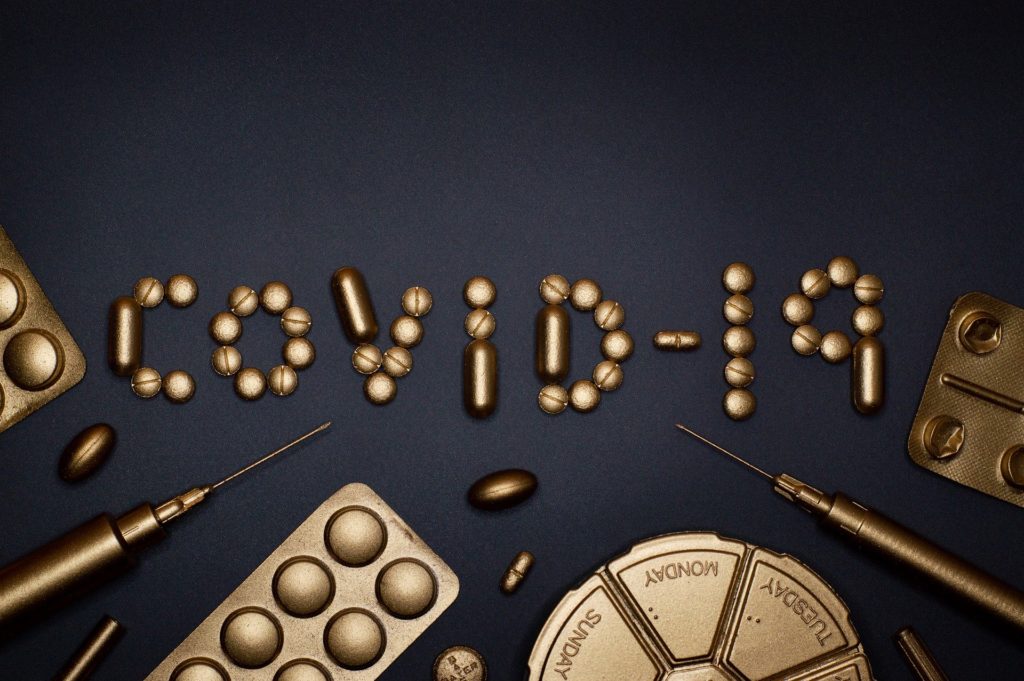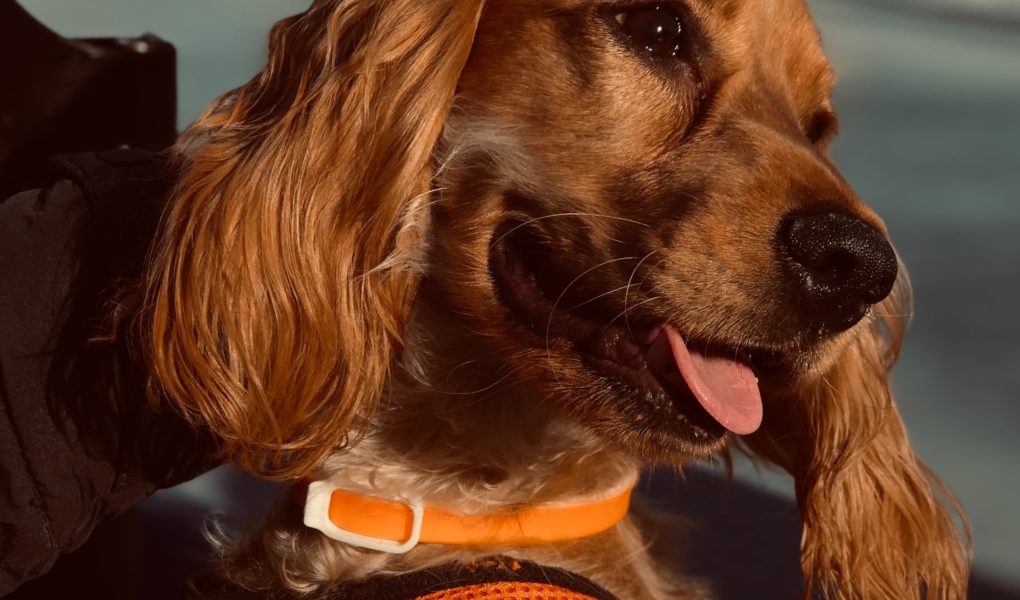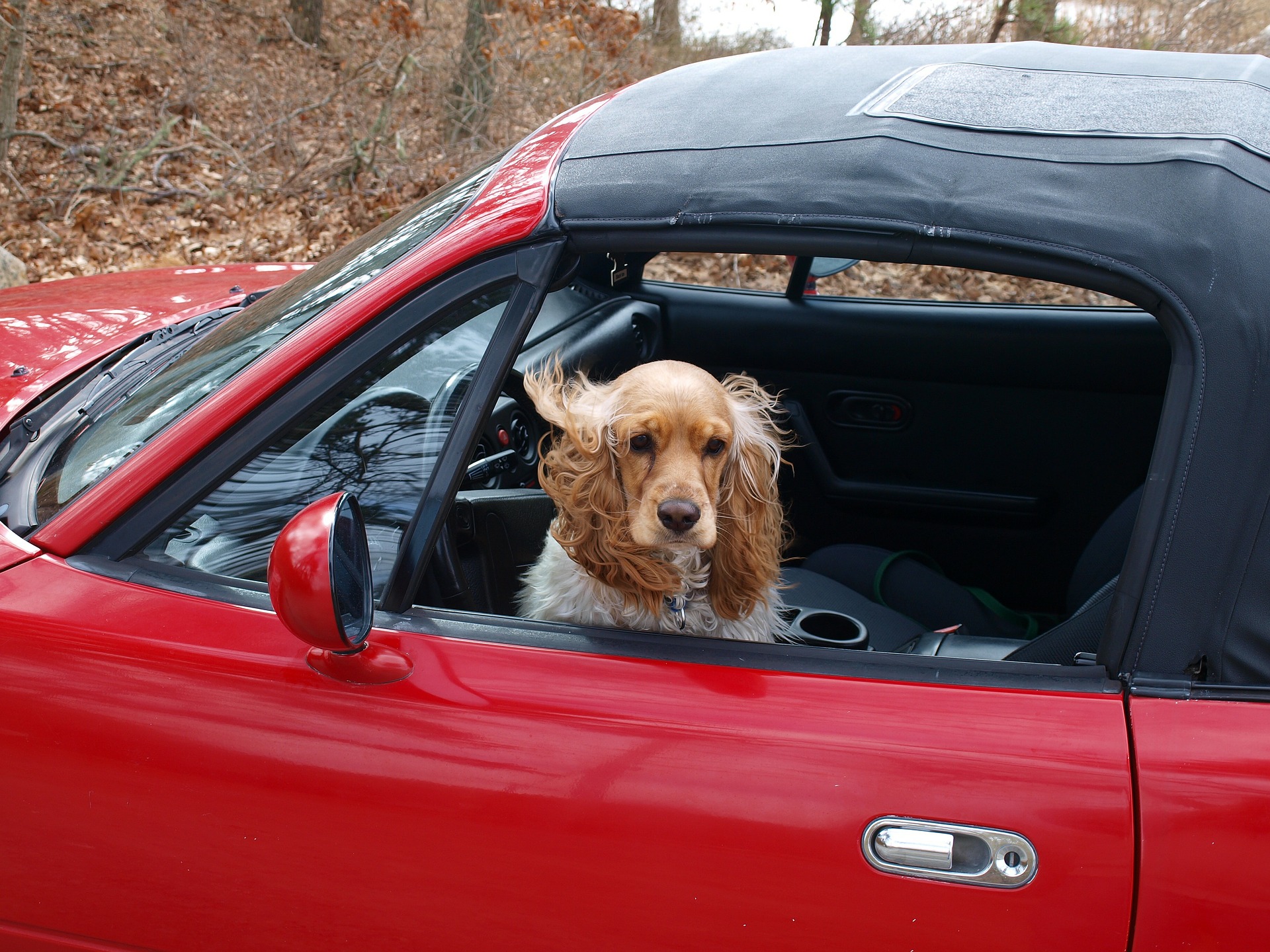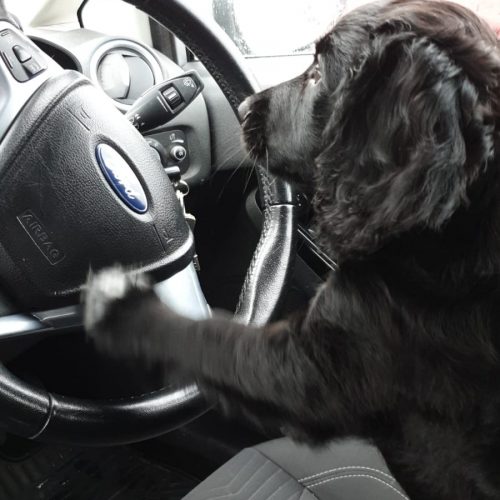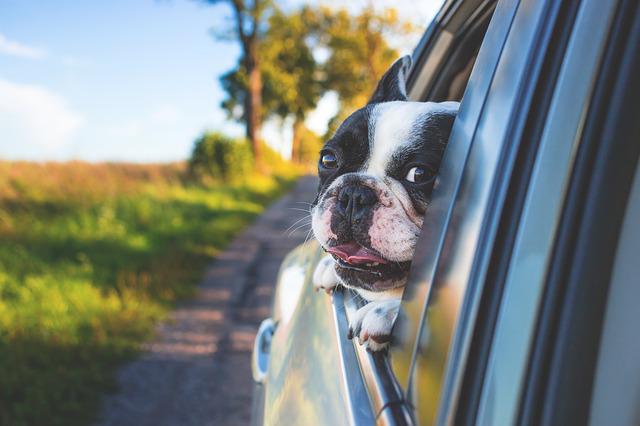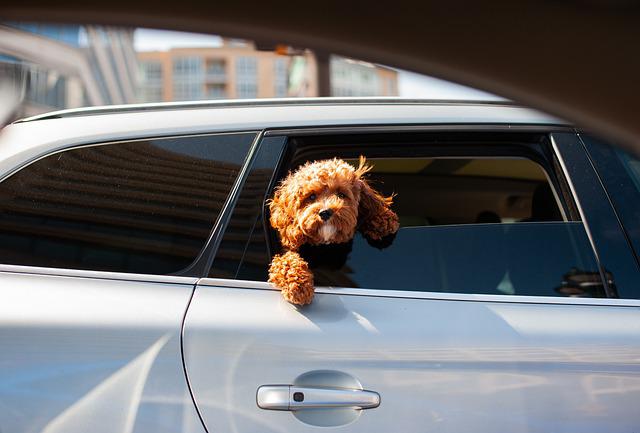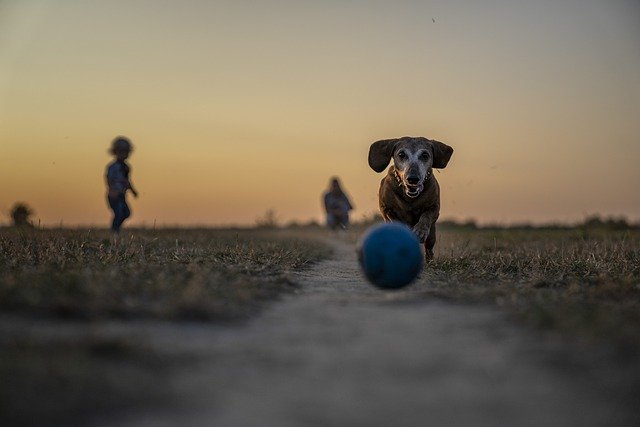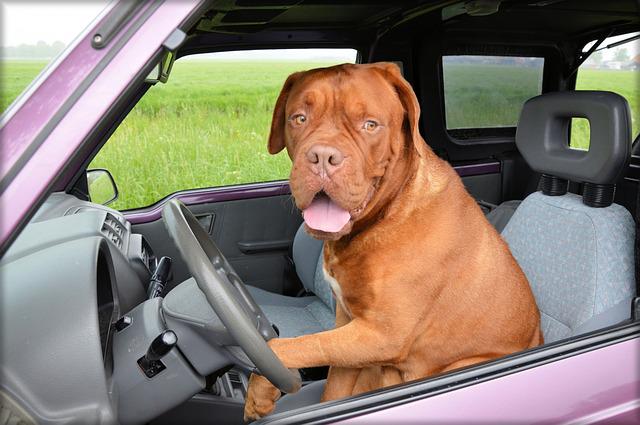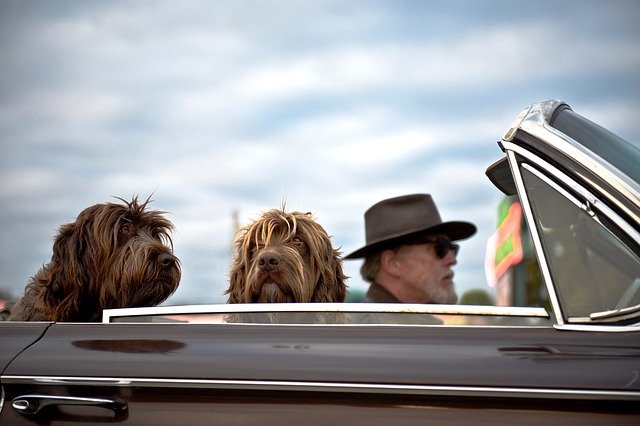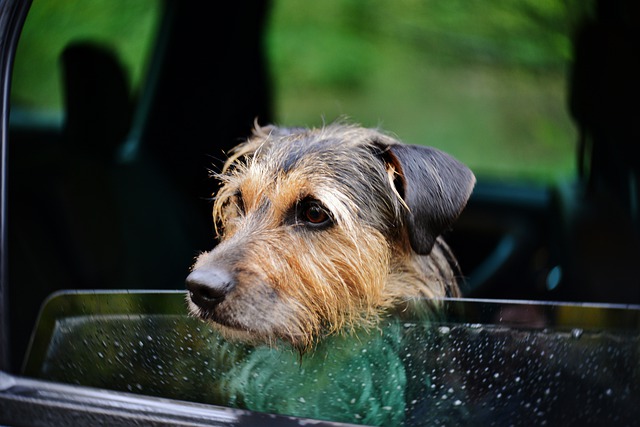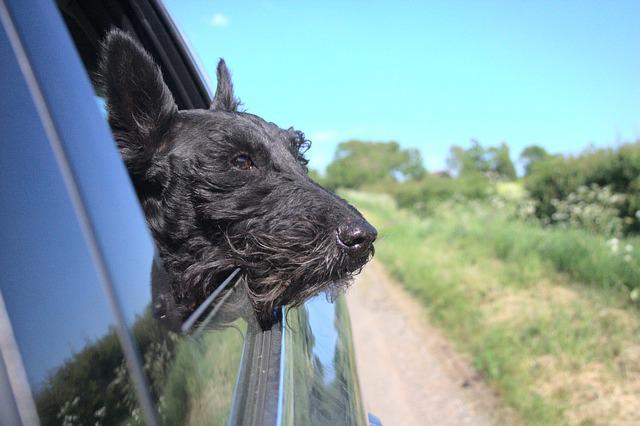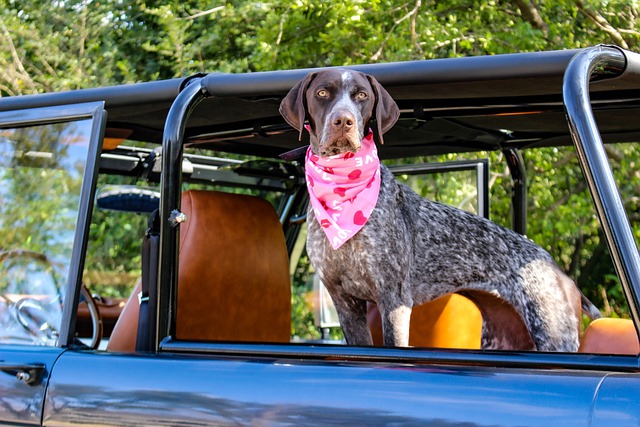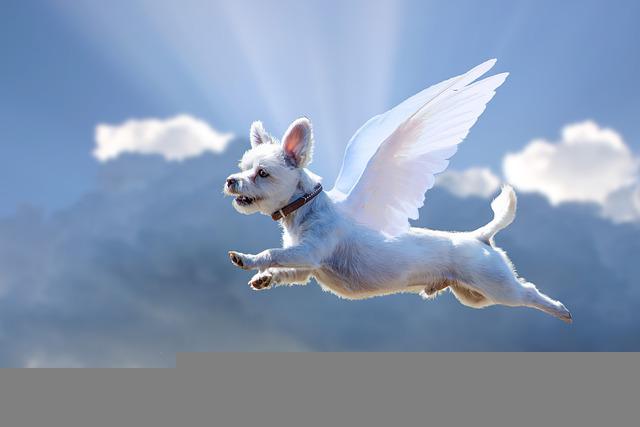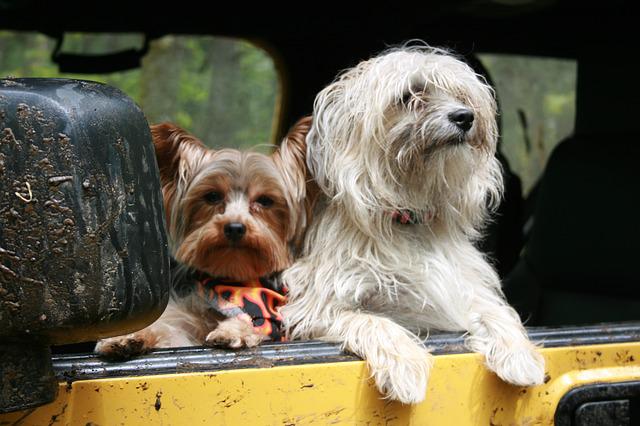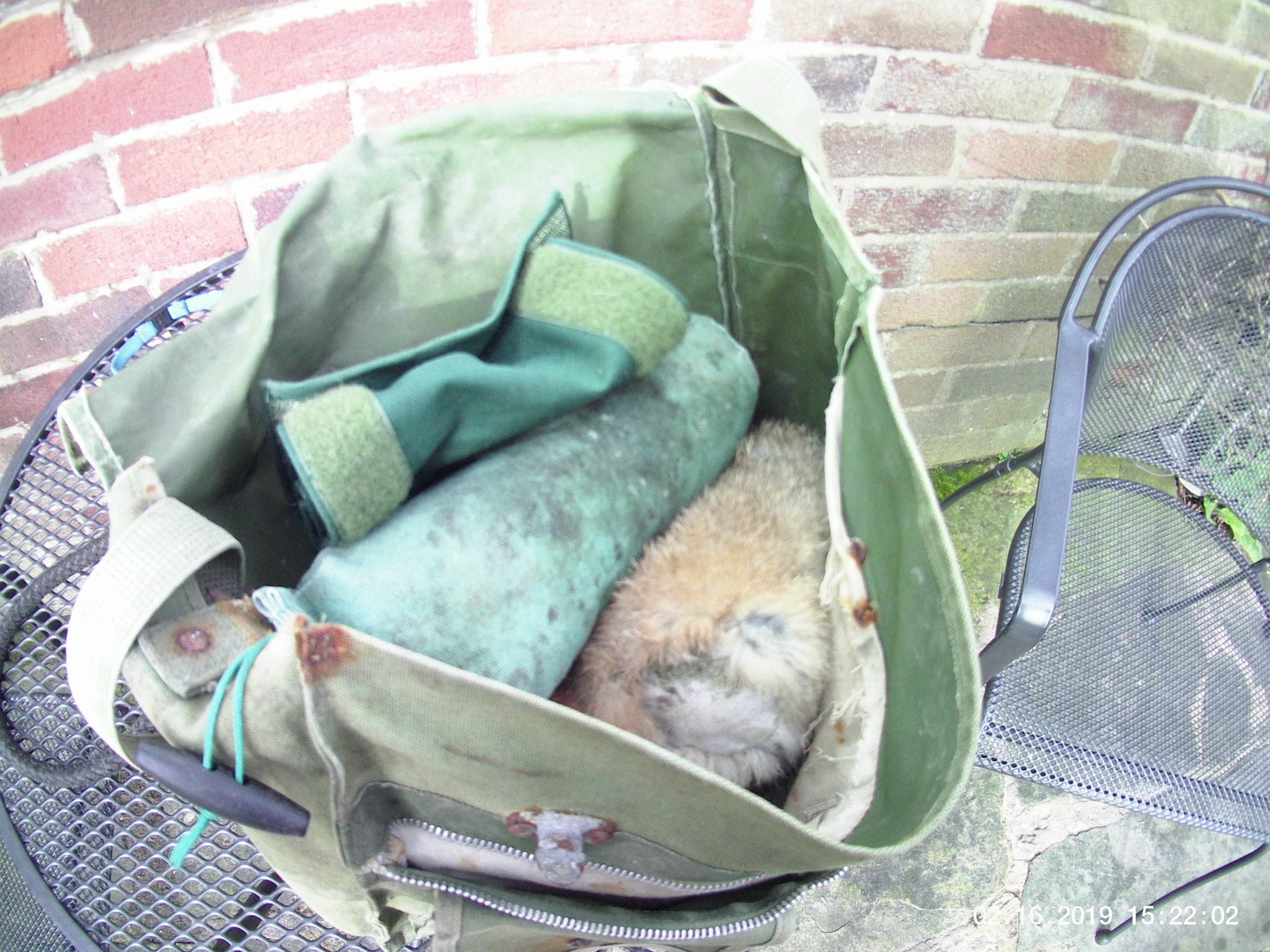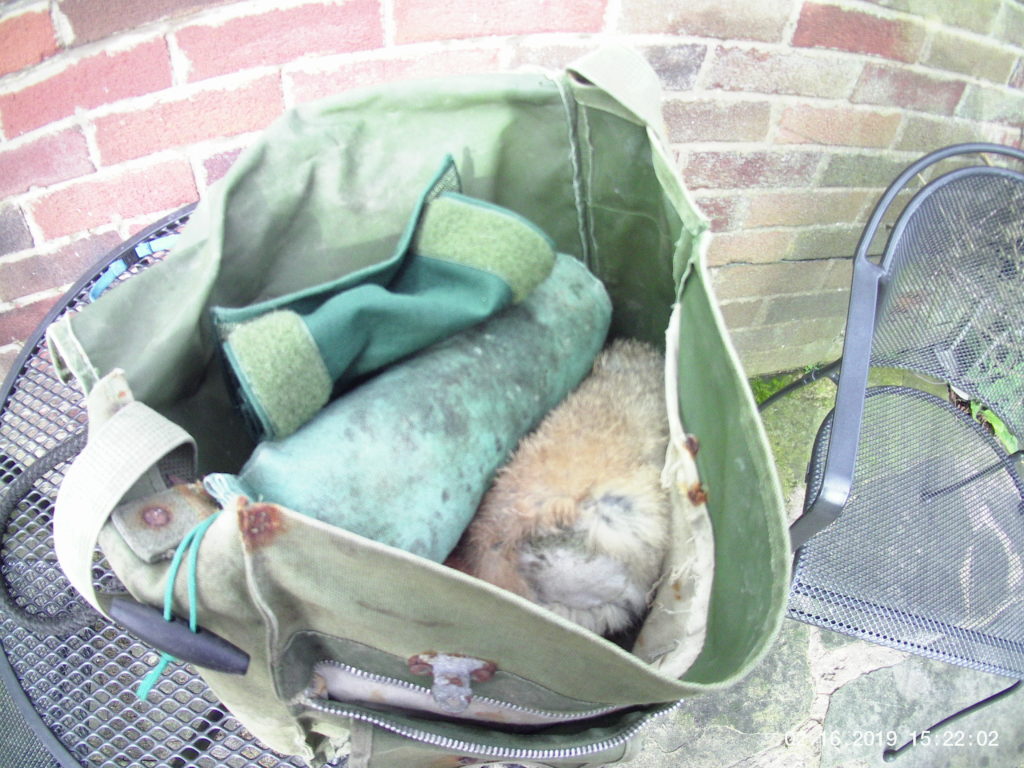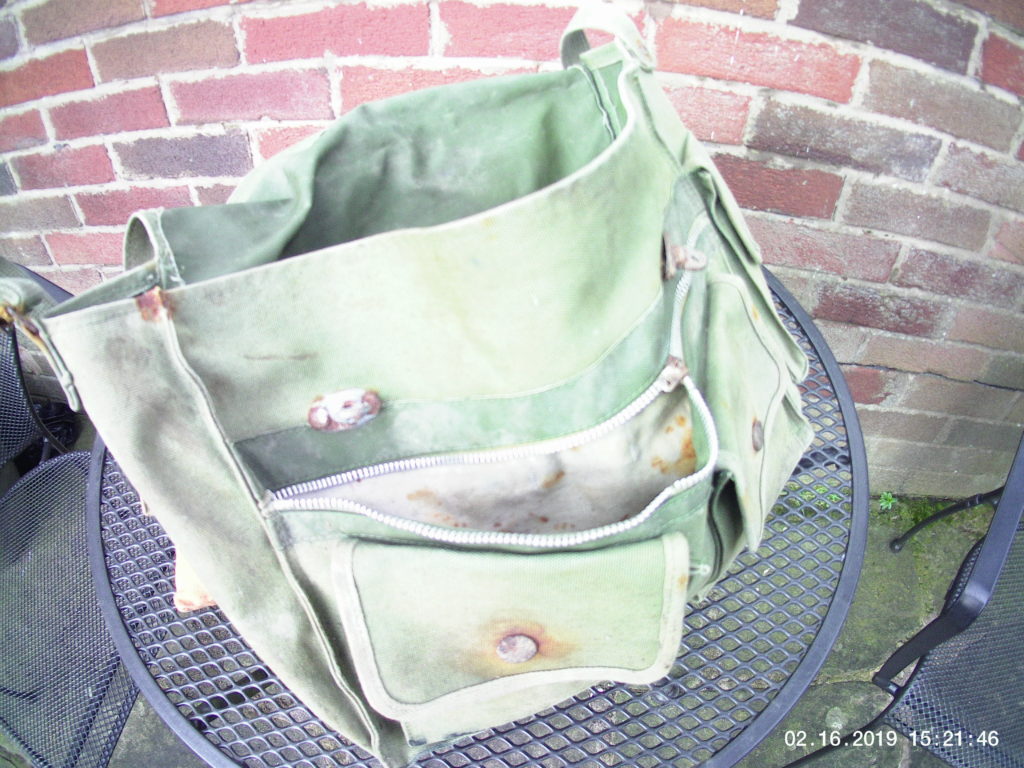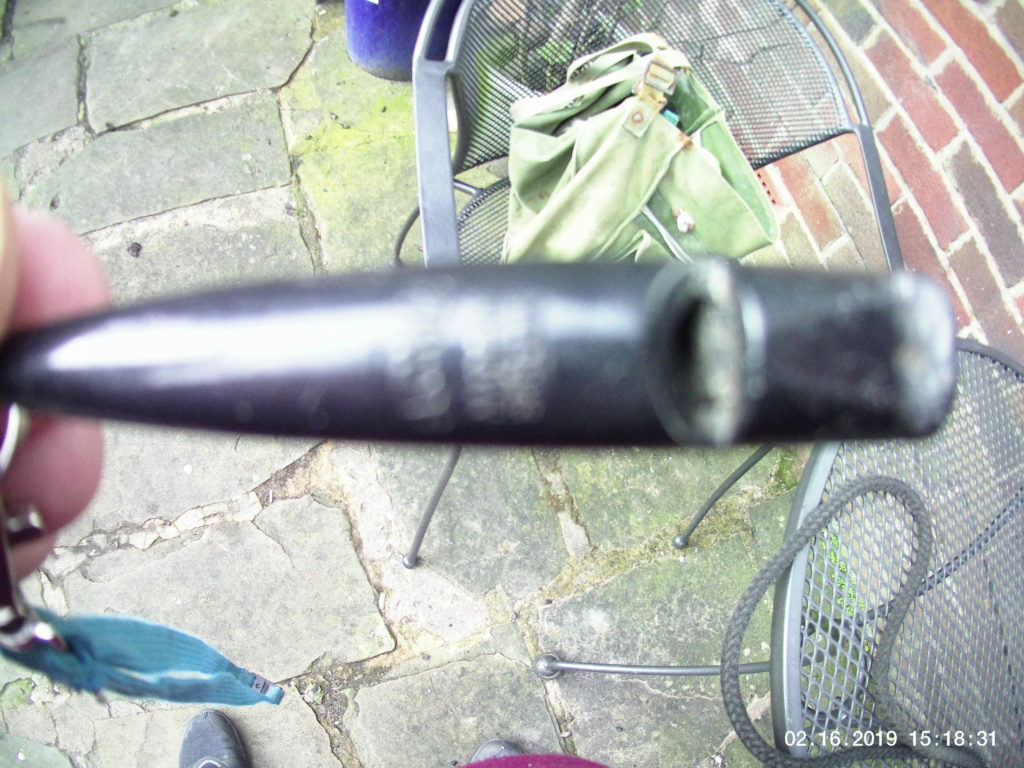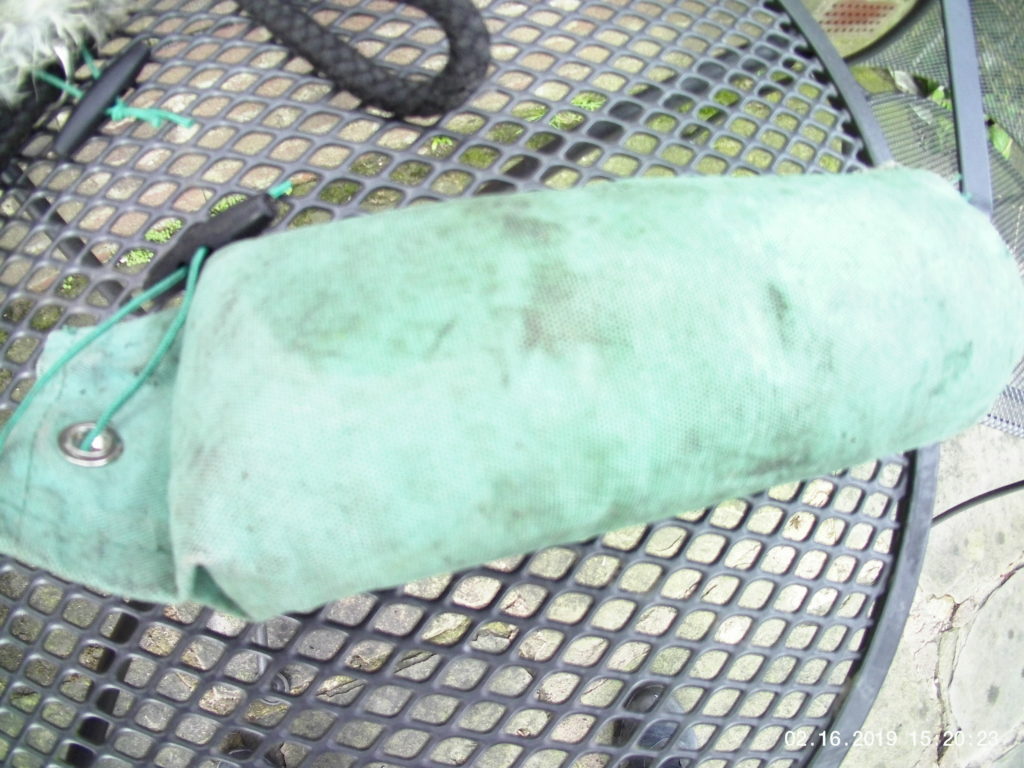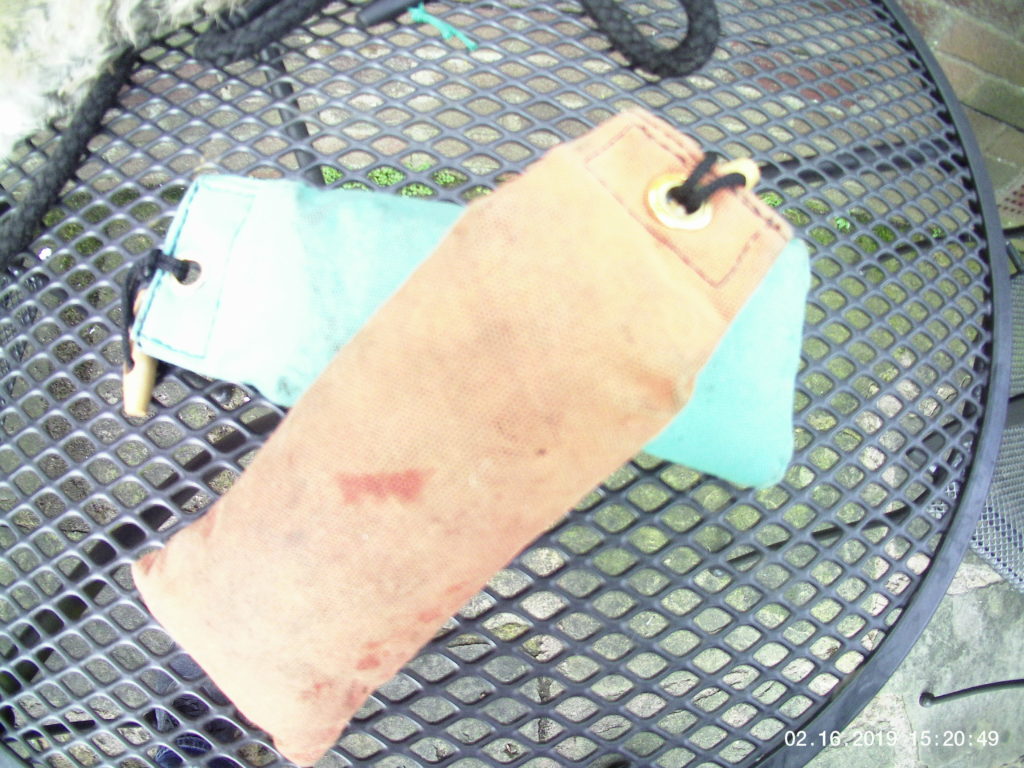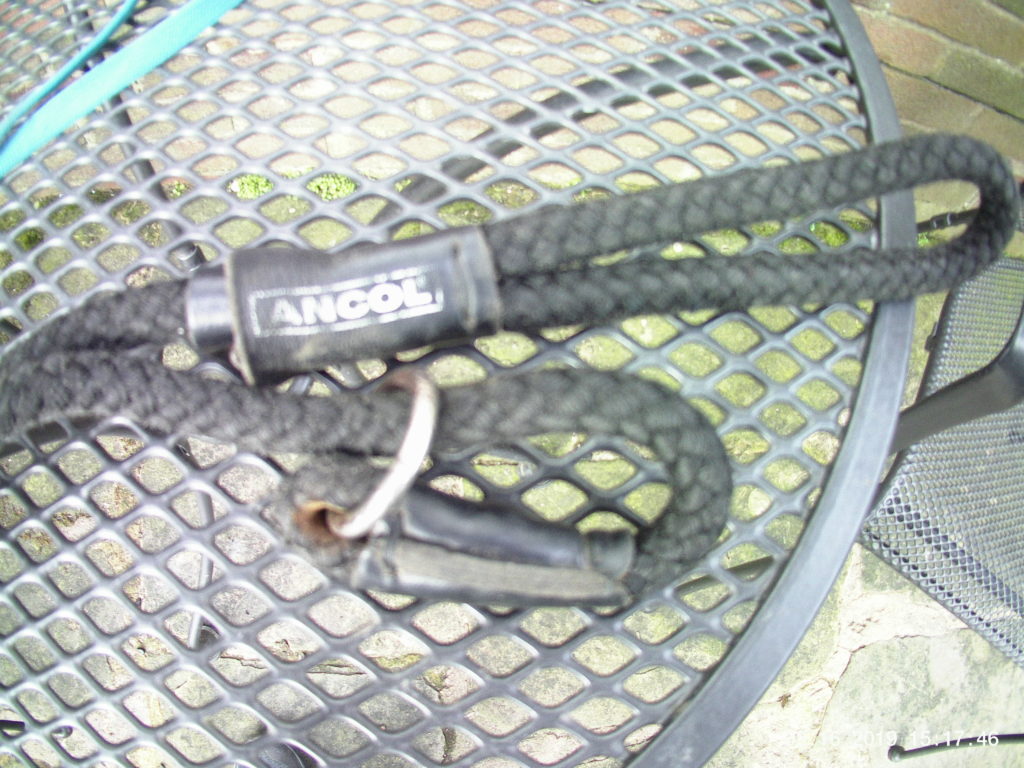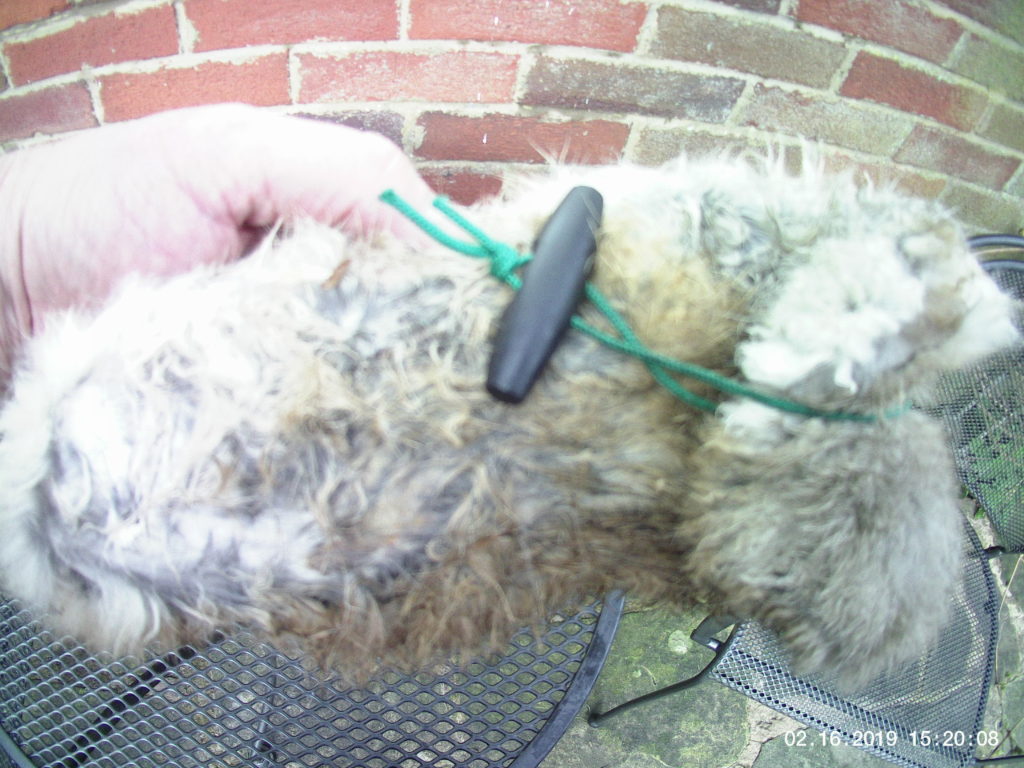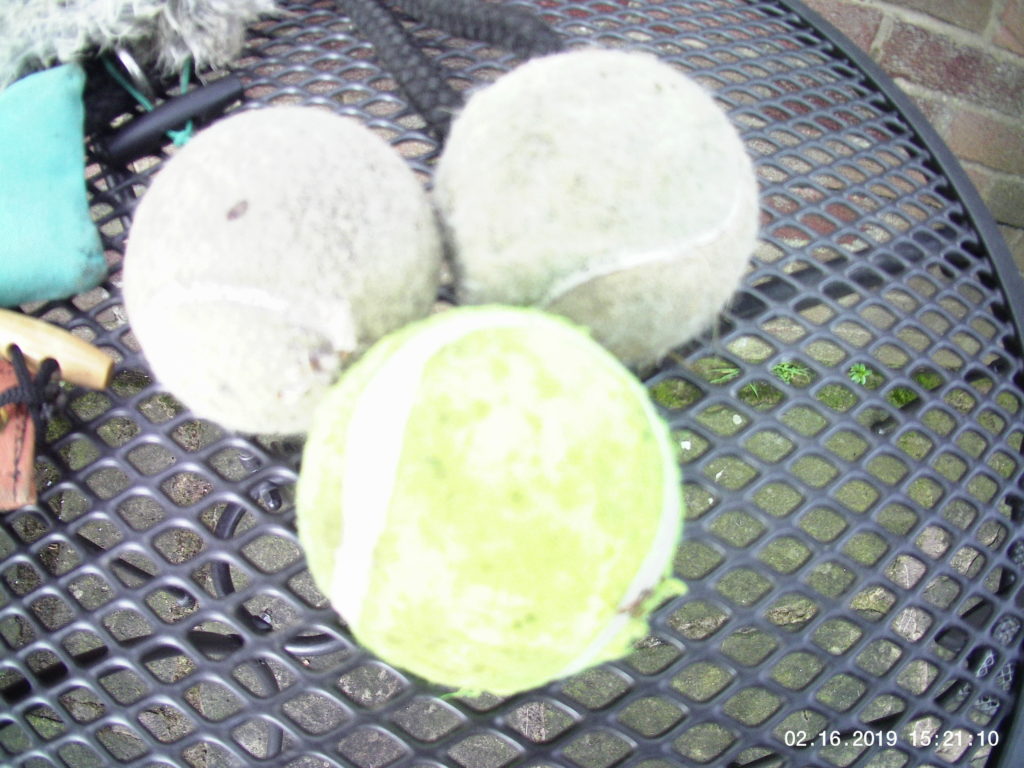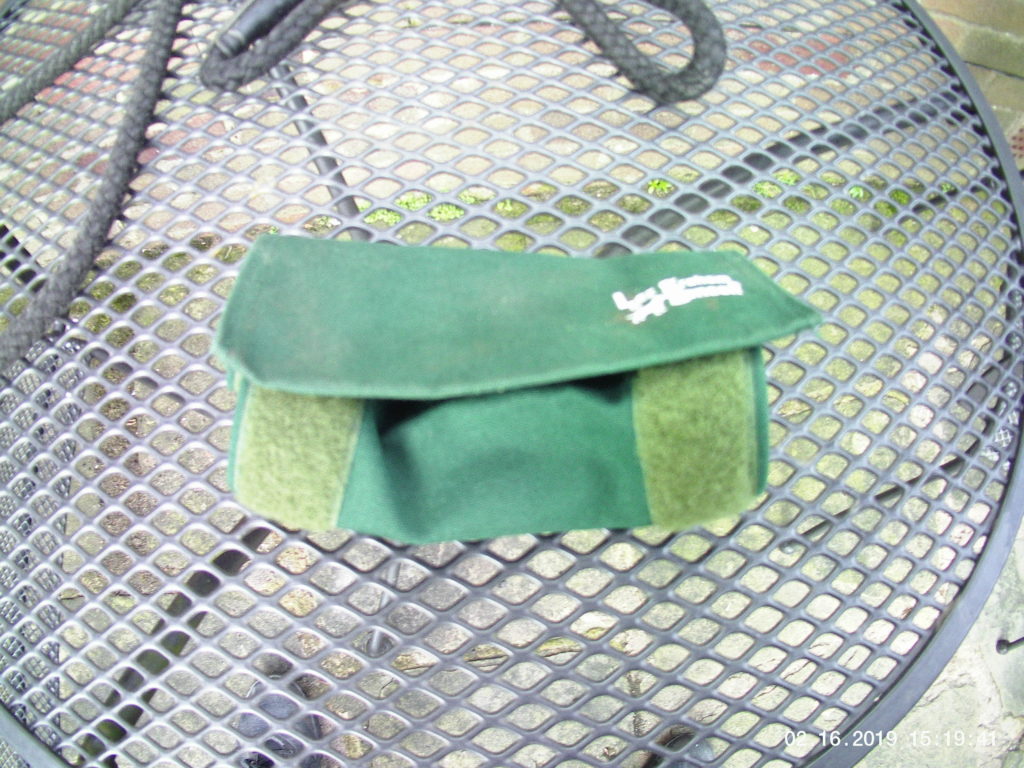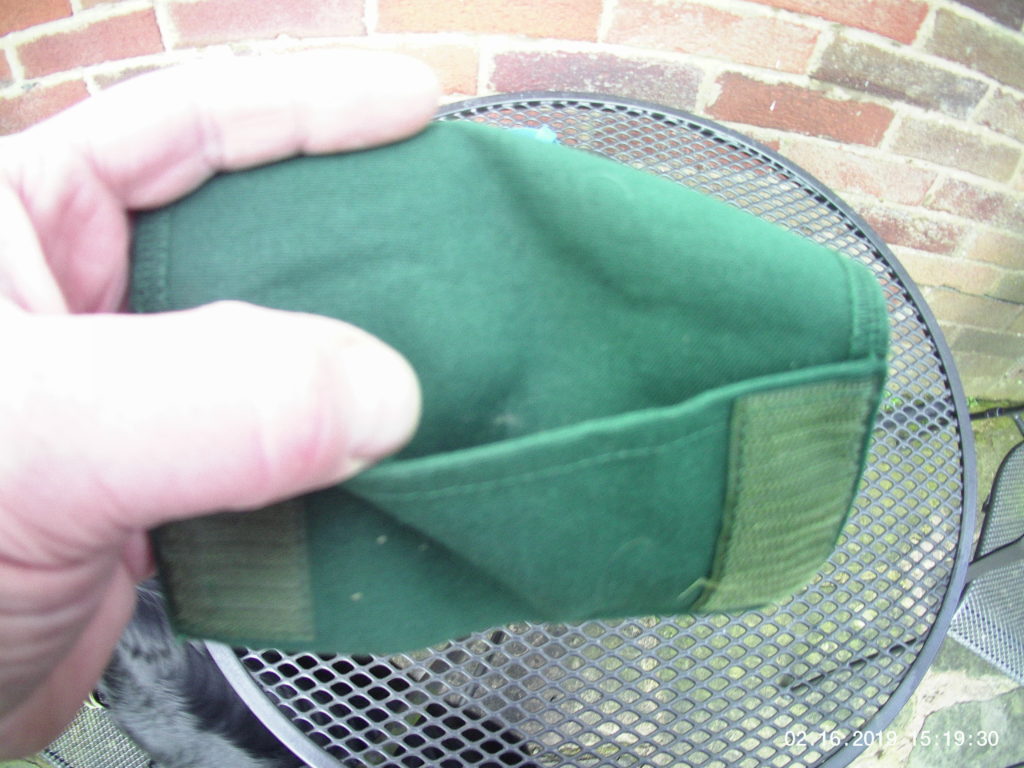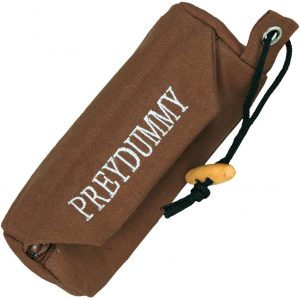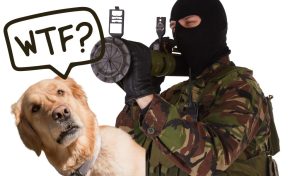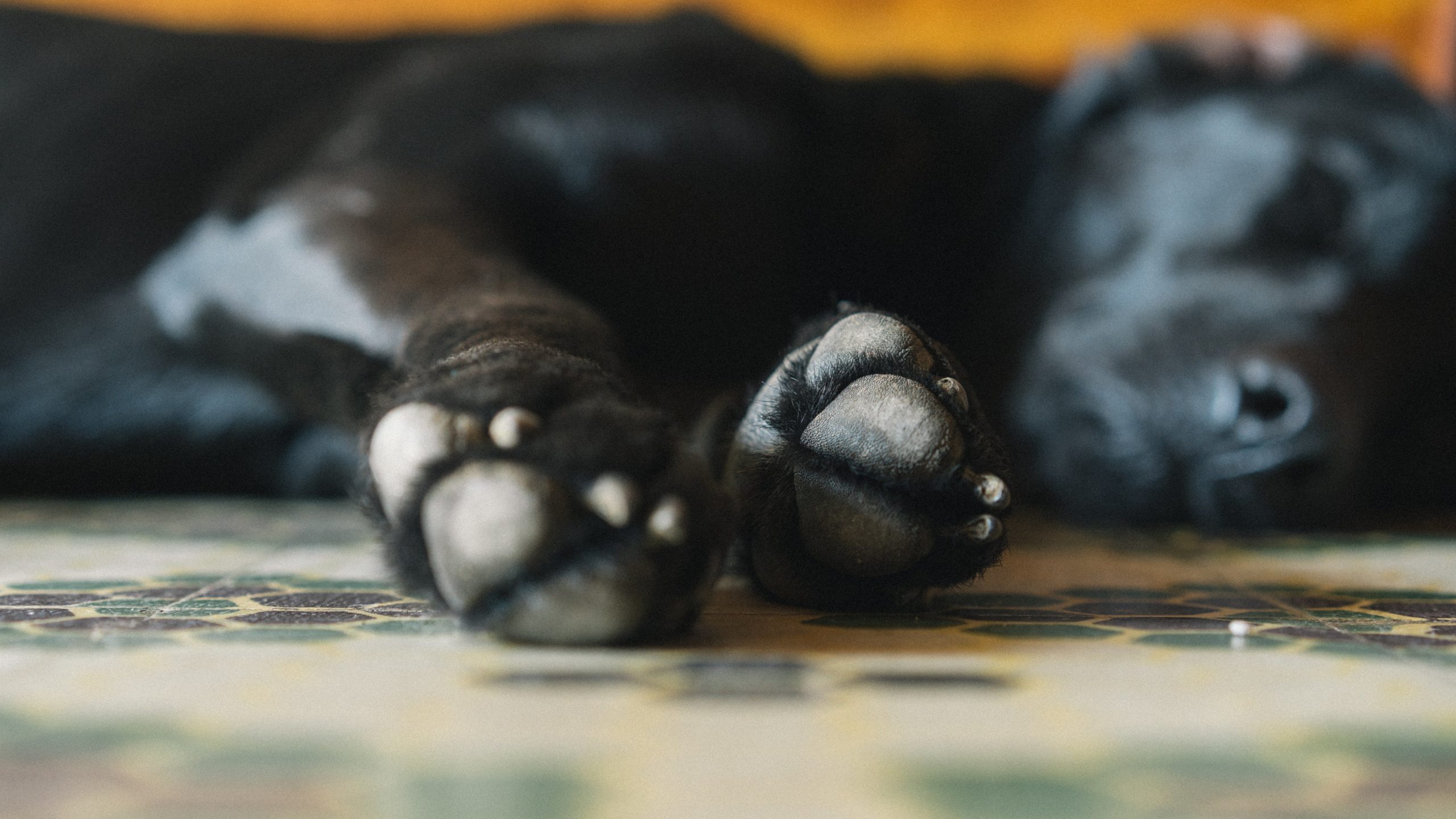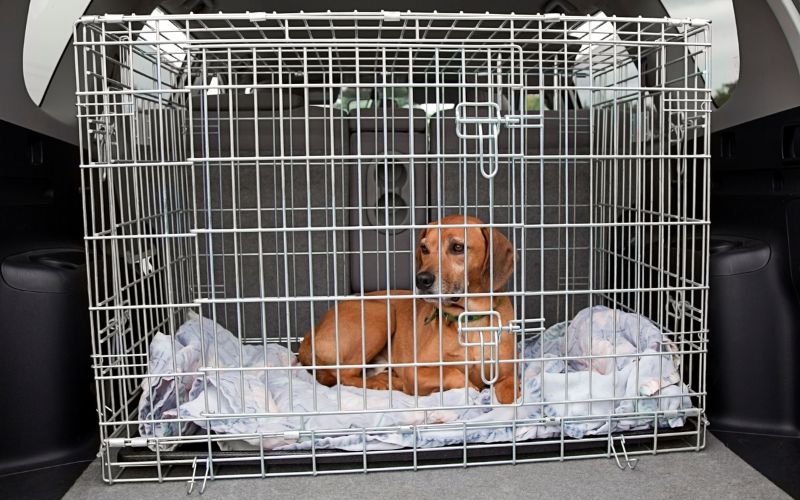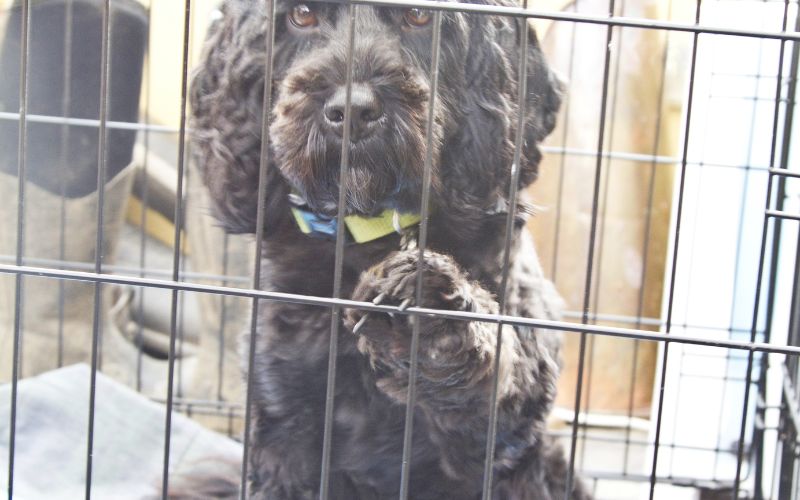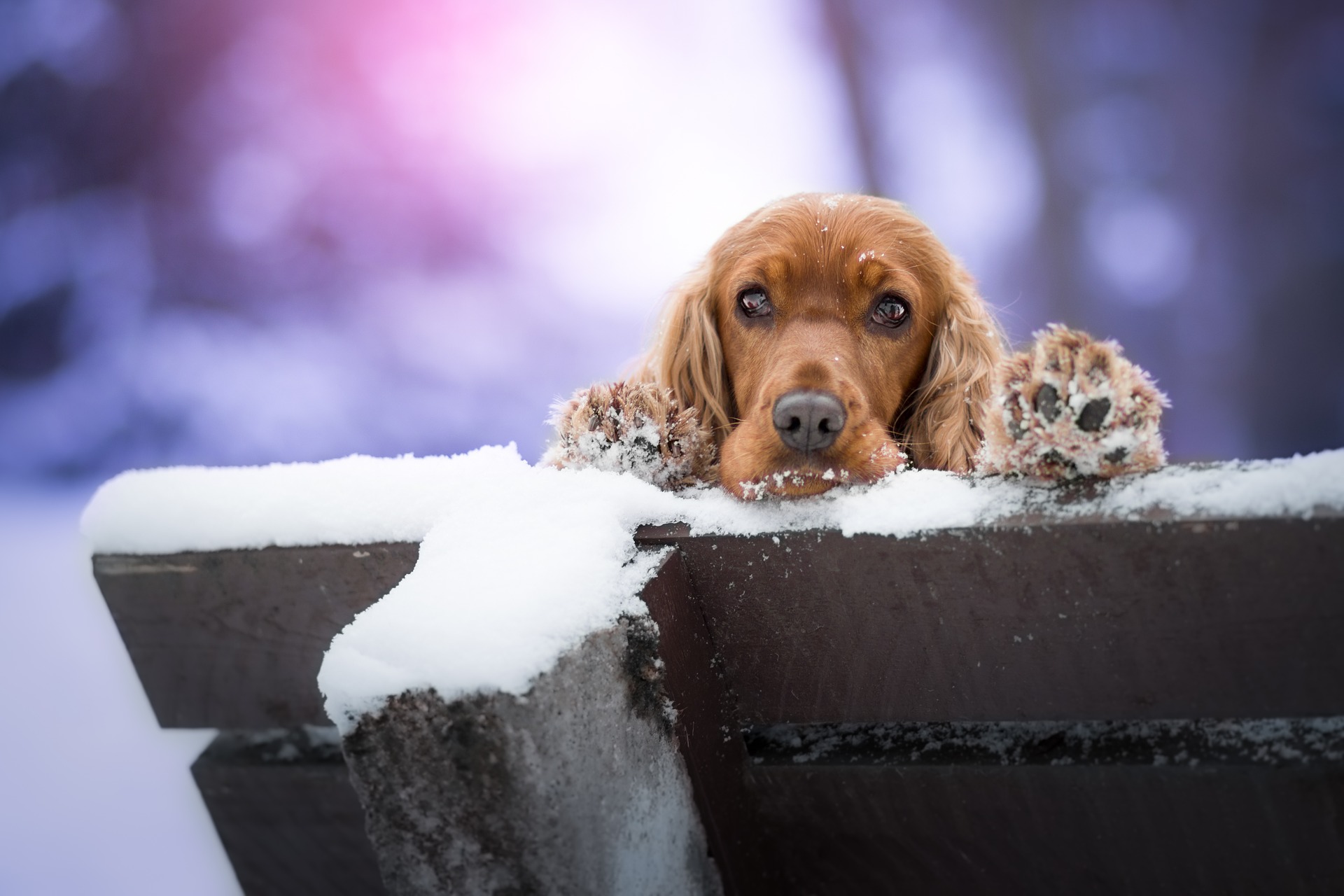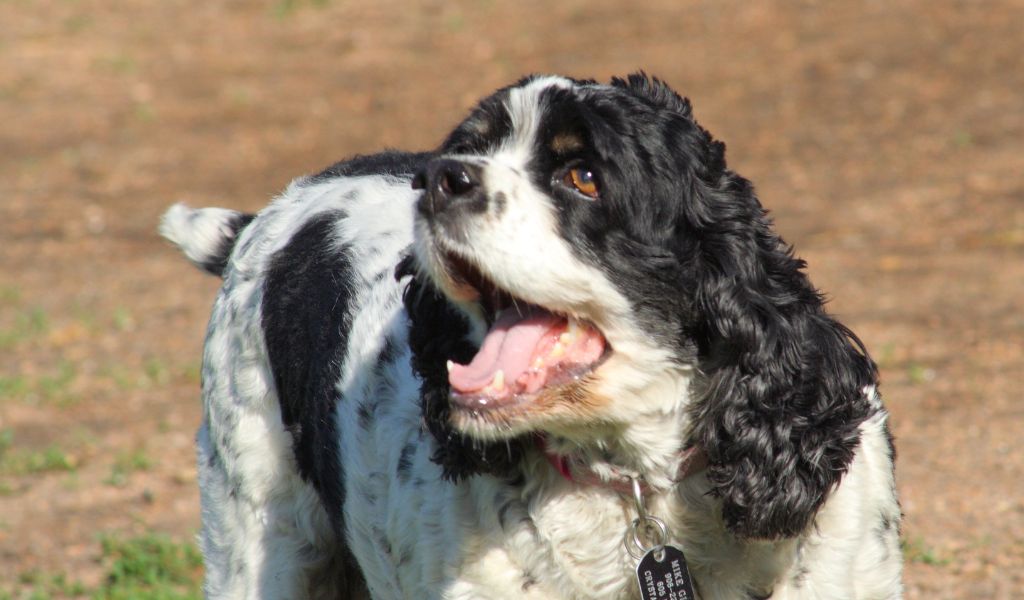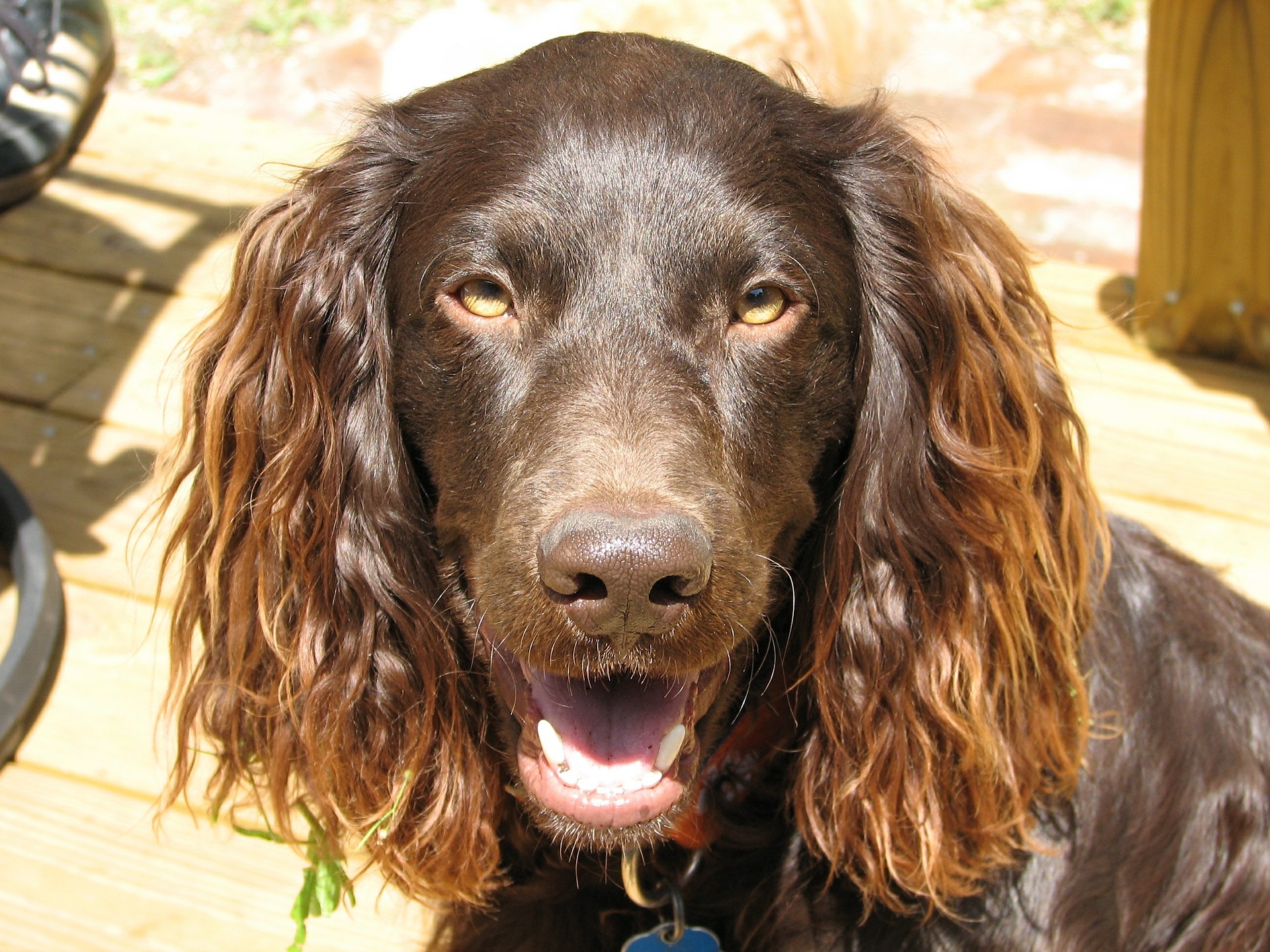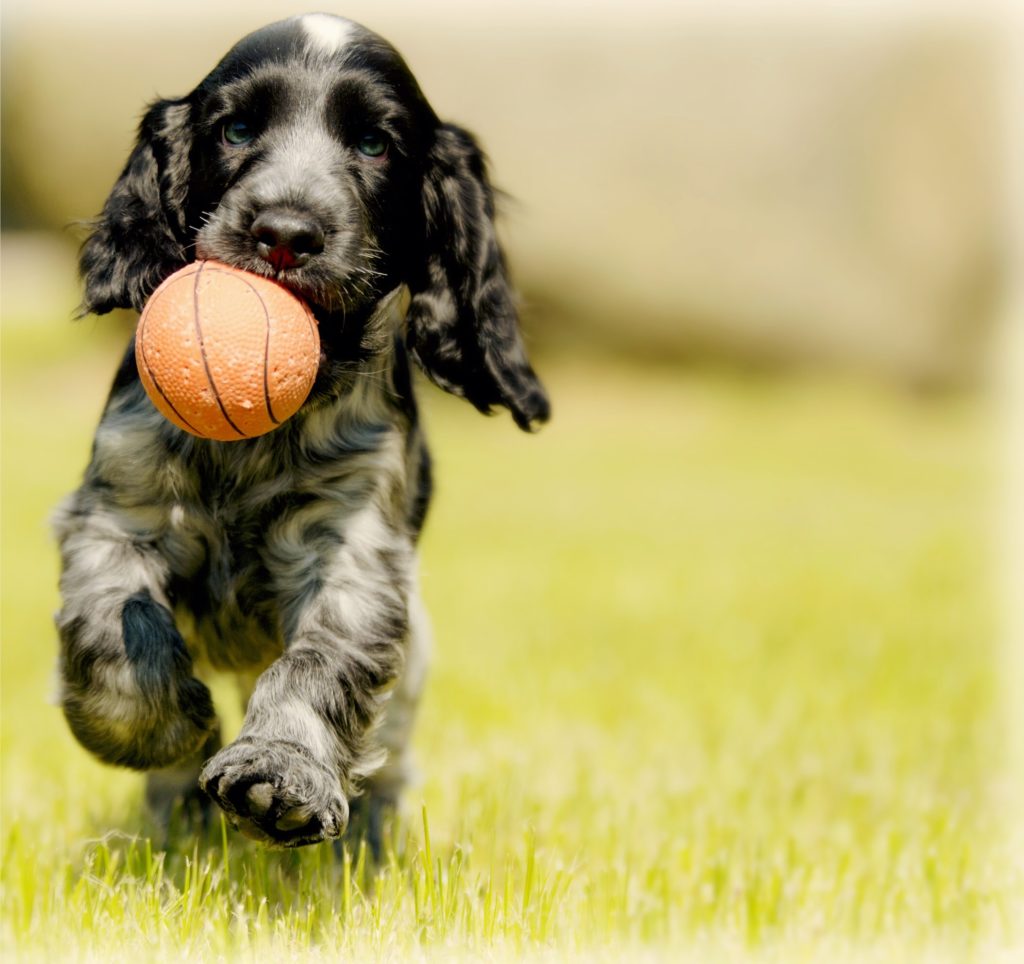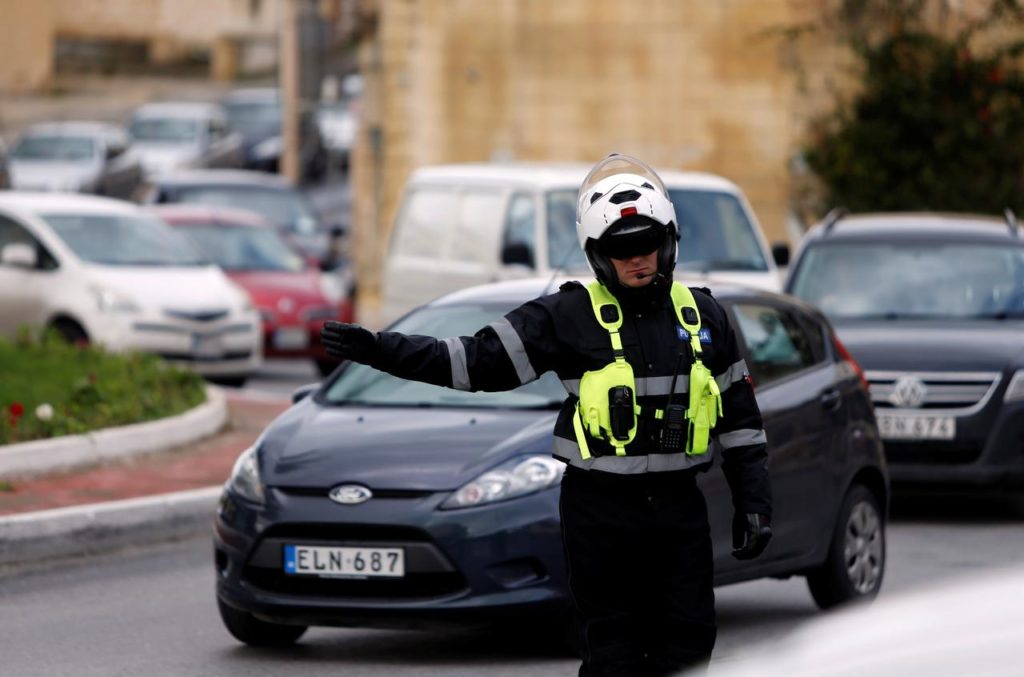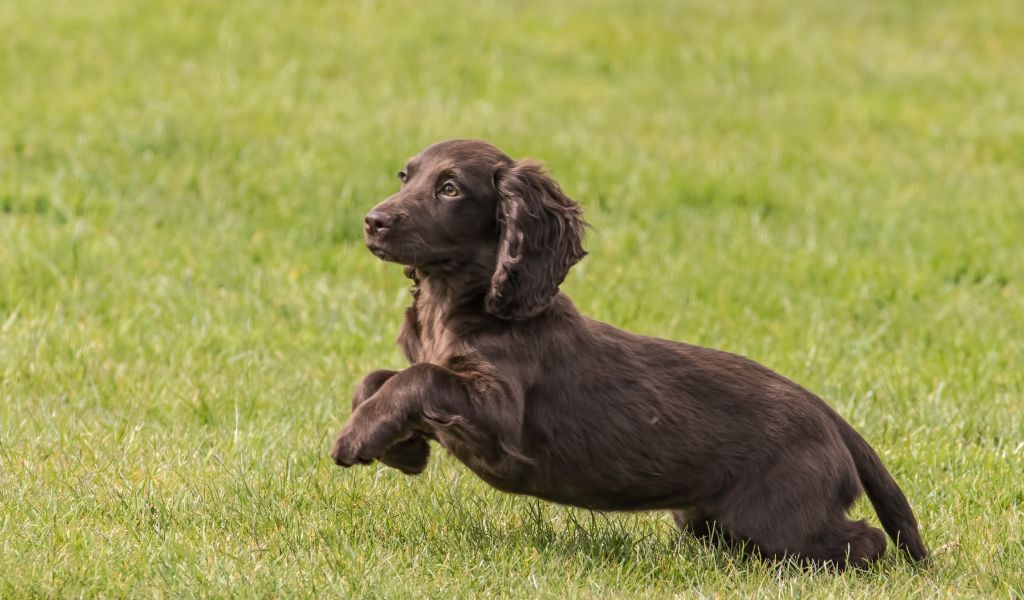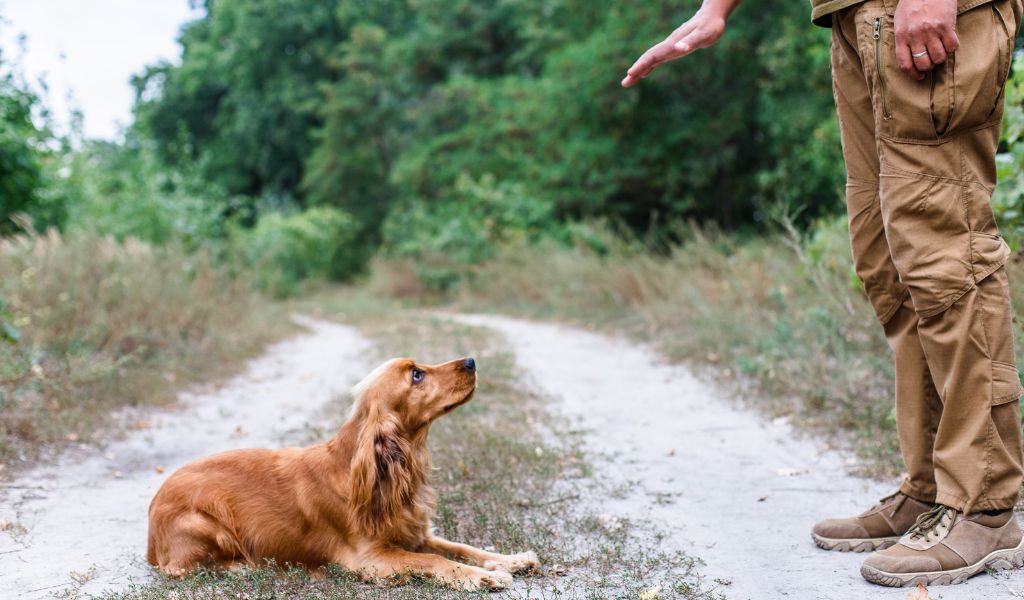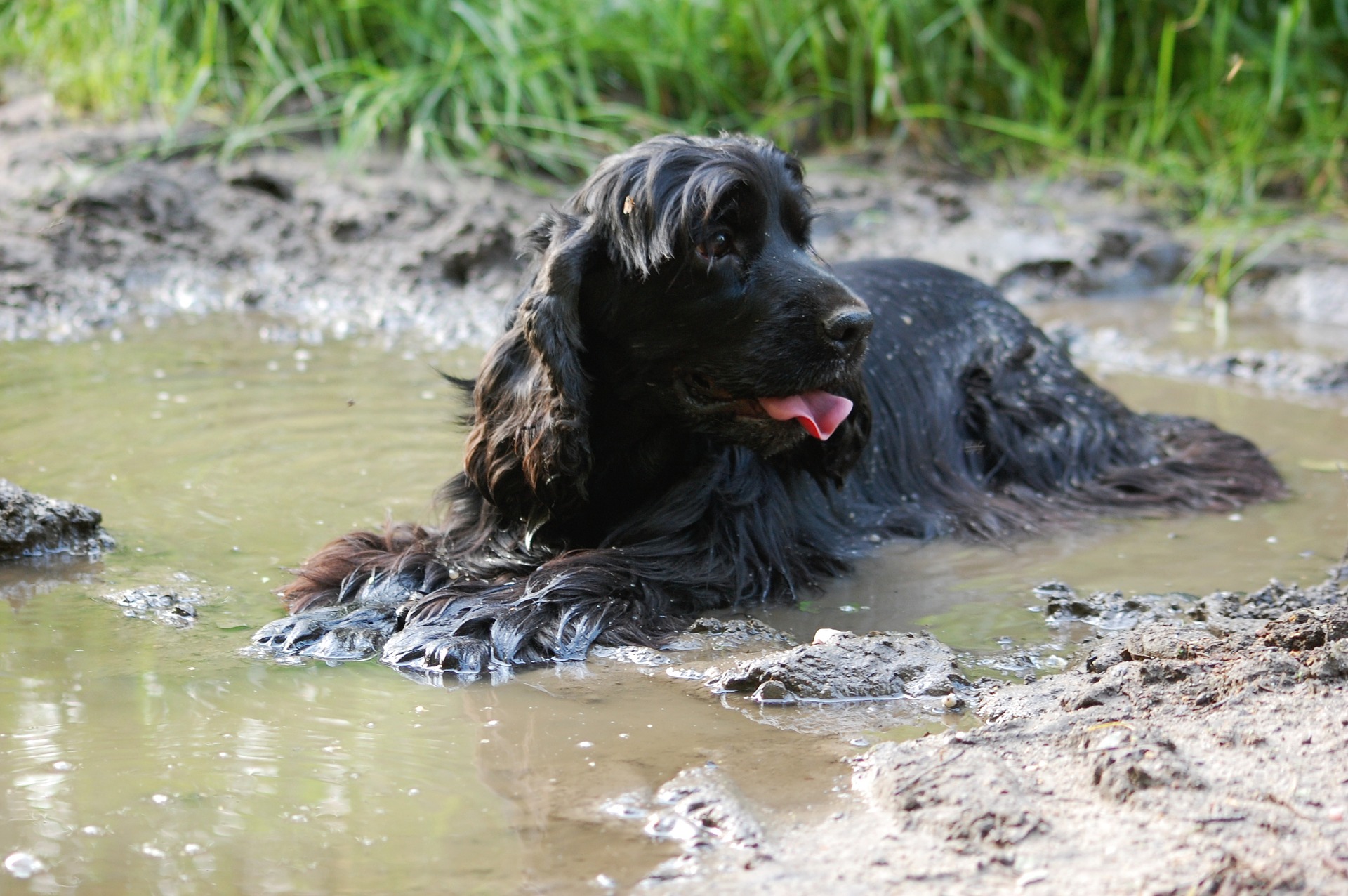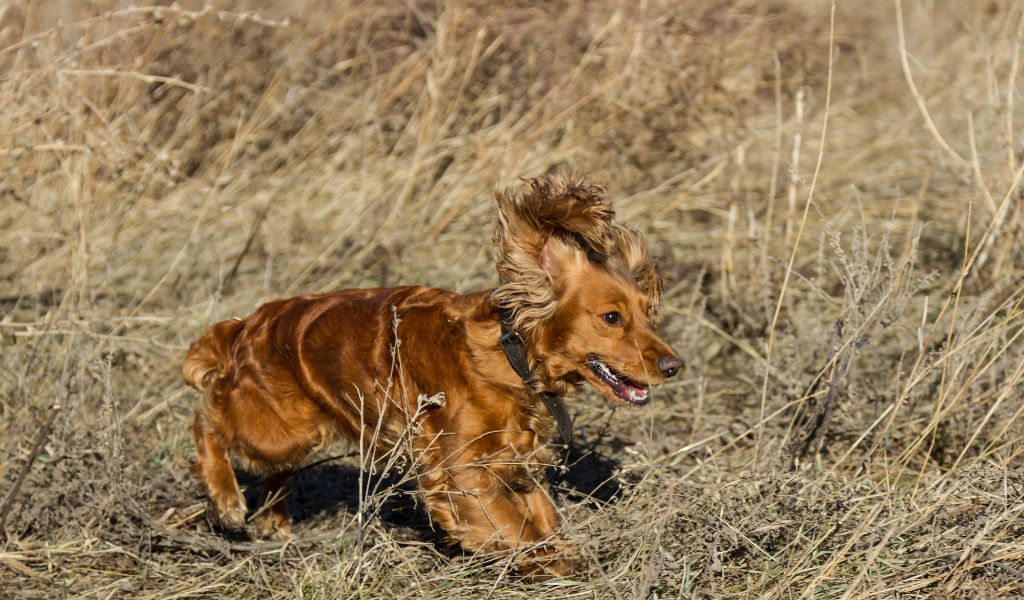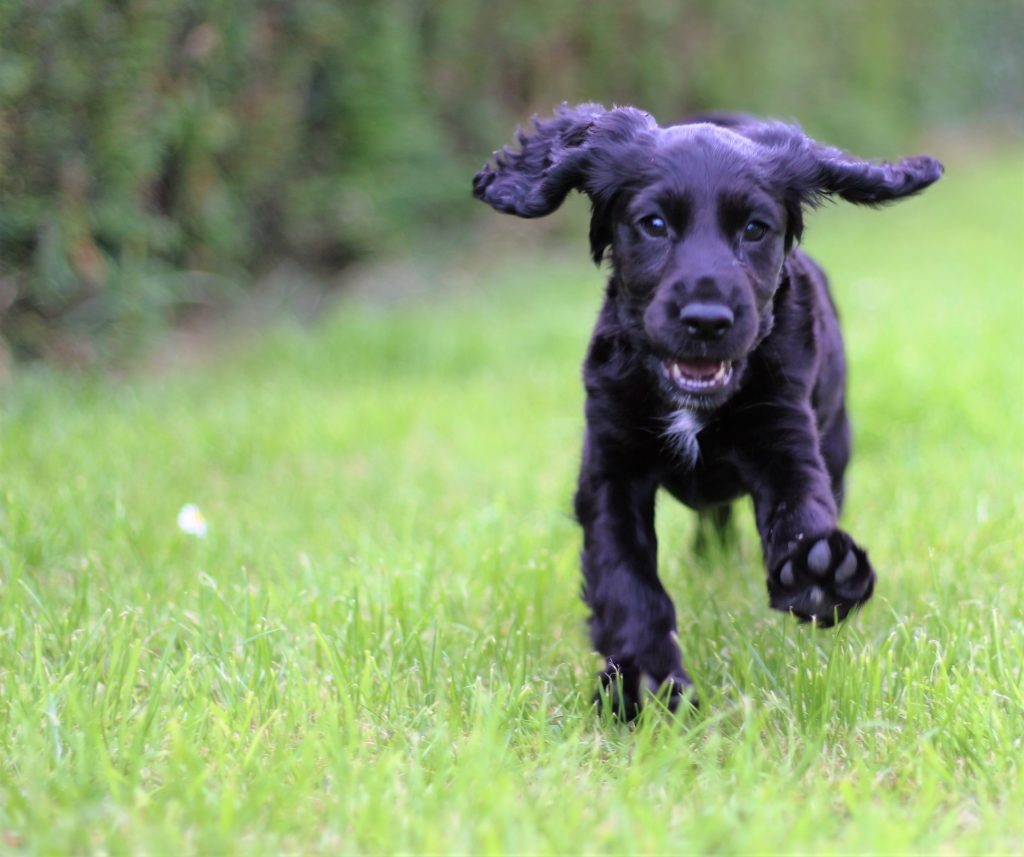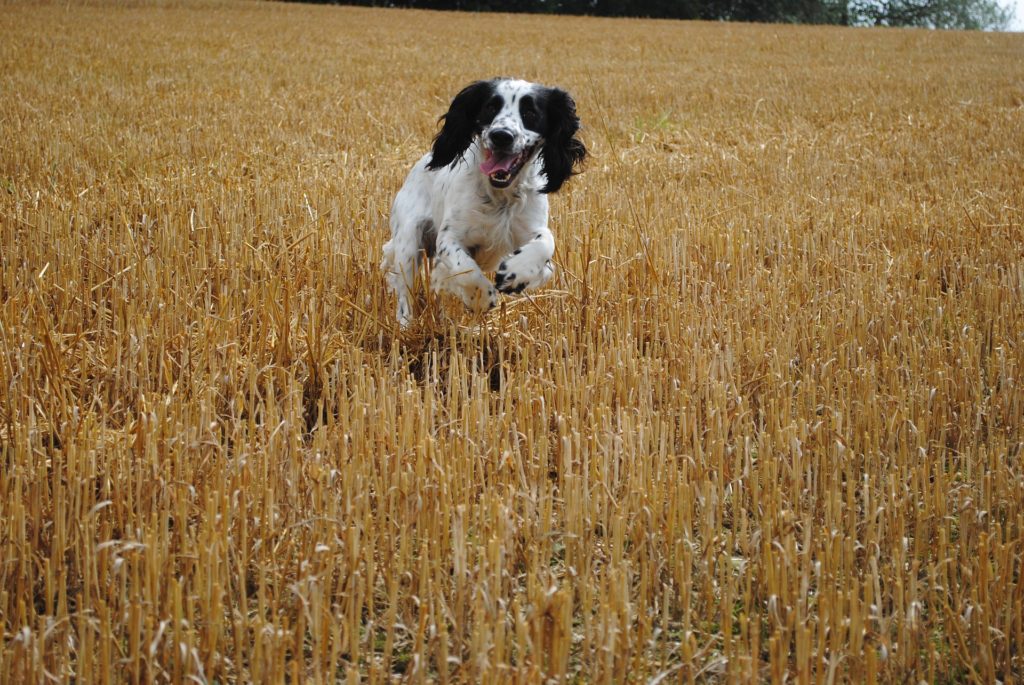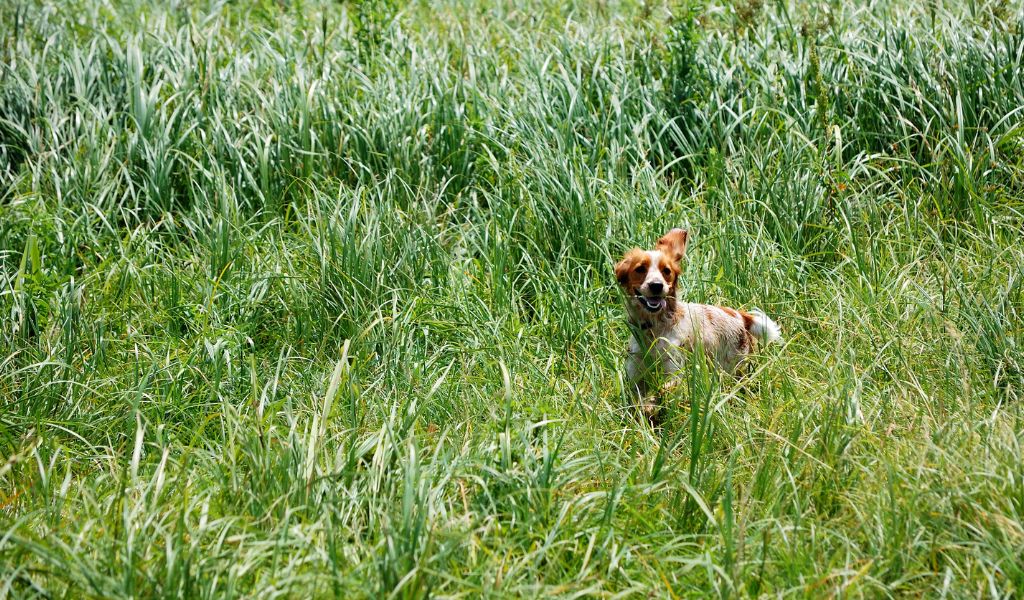The best way to keep your Cocker spaniel busy is to give them plenty of opportunities to exercise both their body and their mind. Physical activity is important for all dogs, but it’s especially important for dogs that have energy to burn. Take your Cocker spaniel on long walks, runs or hikes. Play fetch or tug-of-war in your backyard. If you have another dog, they can be a great playmate for your Cocker spaniel.
A Cocker spaniel is a bundle of energy. They are playful, curious and full of life.
If you’re not careful, that energy can quickly turn into mischief.
The key to having a happy, well-behaved Cocker spaniel is to keep them busy. A bored cocker spaniel is more likely to get into trouble.
Mental stimulation
Mental stimulation is just as important as physical activity for keeping your Cocker spaniel busy.
Interactive toys such as food puzzles or treat dispensing toys are great ways to engage your Cocker spaniel’s brain.
You can also teach them tricks or enroll them in a training class.
Working on commands and behaviours will help tire them out mentally and give them a sense of purpose.
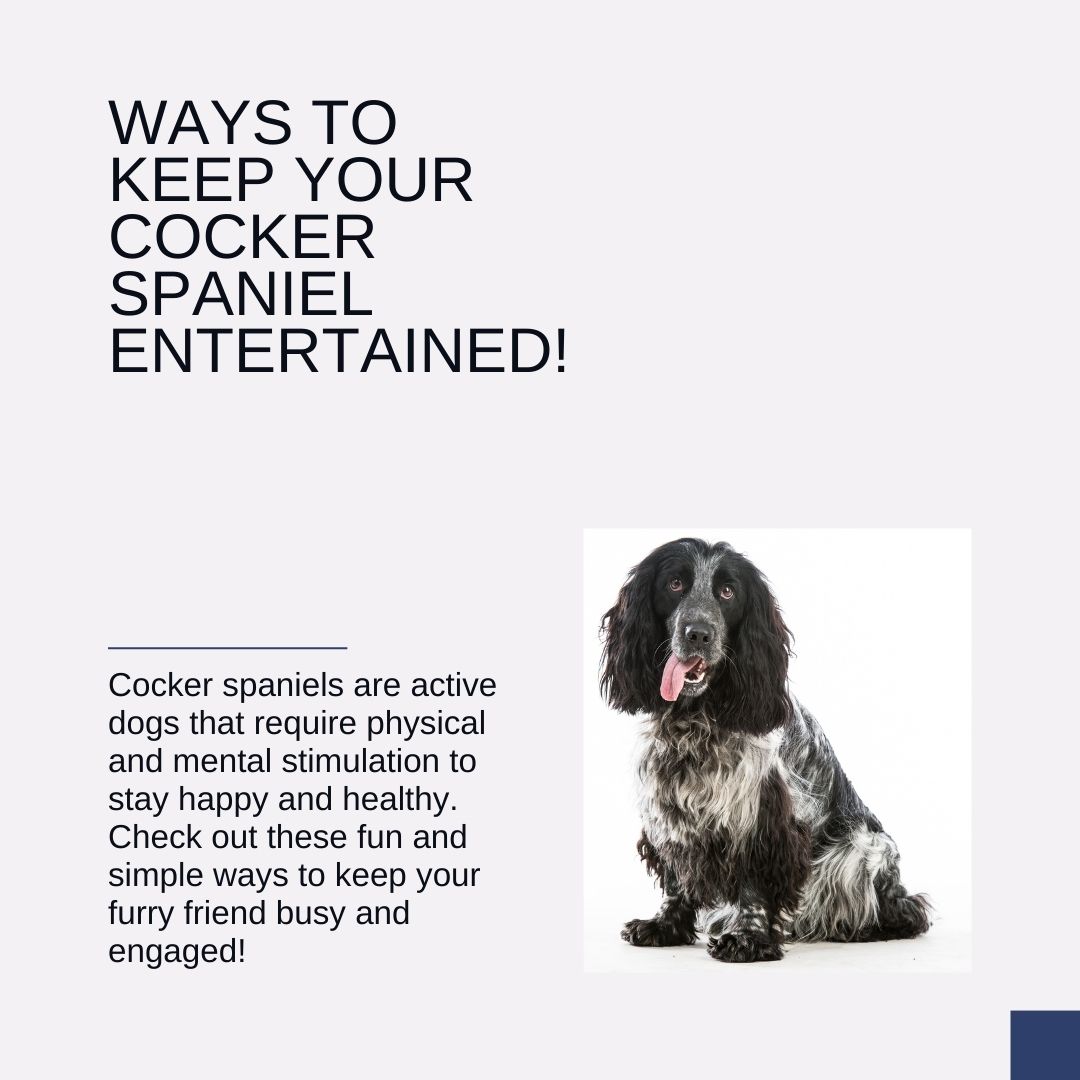
Exercising your spaniel
Typically, your spaniel will need a good walk at least once daily, twice if possible.
An hour’s walk, for a spaniel, is a great way to let him burn off energy and, if you are able to let him run freely off his lead, then he will run and run, chasing his nose.
At the end of the walk, he’ll be tired, ready for a drink and a meal followed, probably by a good sleep.
Spaniel training
If you can do some training with your spaniel, either on a walk or at home, outside, then that’s great and you can find some spaniel training tips and hints here which will help to get you started.
Sometimes it may not always be possible to take your dog for a lengthy walk.
This may be due to weather, illness, time of year, daylight levels or simply the time that you have available.
You may have an outdoor area, garden or yard. If you can make it secure and escape proof then you can allow your dog to be outside, in the fresh air, he can roam around the garden and enjoy being outside.
You can do some training and some simple exercises such as teaching him how to stop on the whistle.
If you live in an urban area, where outdoor space is at a premium and difficult to access, then you may have to jump in the car and travel for a short distance or, if the only option is to walk around the town, then do this.
Anything is better than nothing when your dog’s exercise and welfare is concerned.
Play dog hide and seek
Spaniels live for smells and love playing ‘nose’ games.
One of the prime instincts of a spaniel is that of retrieving and finding and searching for things is a great game for them.
Dog hide and seek involves hiding a doggy treat somewhere in the house or garden and getting your spaniel to find the treat.
Although this might not be as physically demanding as working out in the open on regular retrieving exercises, the mental stimulation will tire your dog while helping him to develop his scenting and finding skills.

To get this started you can take some treats and let your dog see you plant them around the room.
You can then instruct him to find the treats and let him search them out. When he is successful let him eat the treat.
As he gets better and more familiar with the game, hide the treats when he is not looking, so you make the game more difficult and more challenging for him.
The three ladies game for spaniels
An easy game to play indoors with your dog.
Take three upturned cups, place a treat underneath one of them and then let your dog see you shift them around, so that the treat has been moved.
You encourage your dog to find the treat, which cup is it underneath.
Let him sniff it out – this challenges him and will mentally test him and use energy up and he gets the treat when he gets it right.
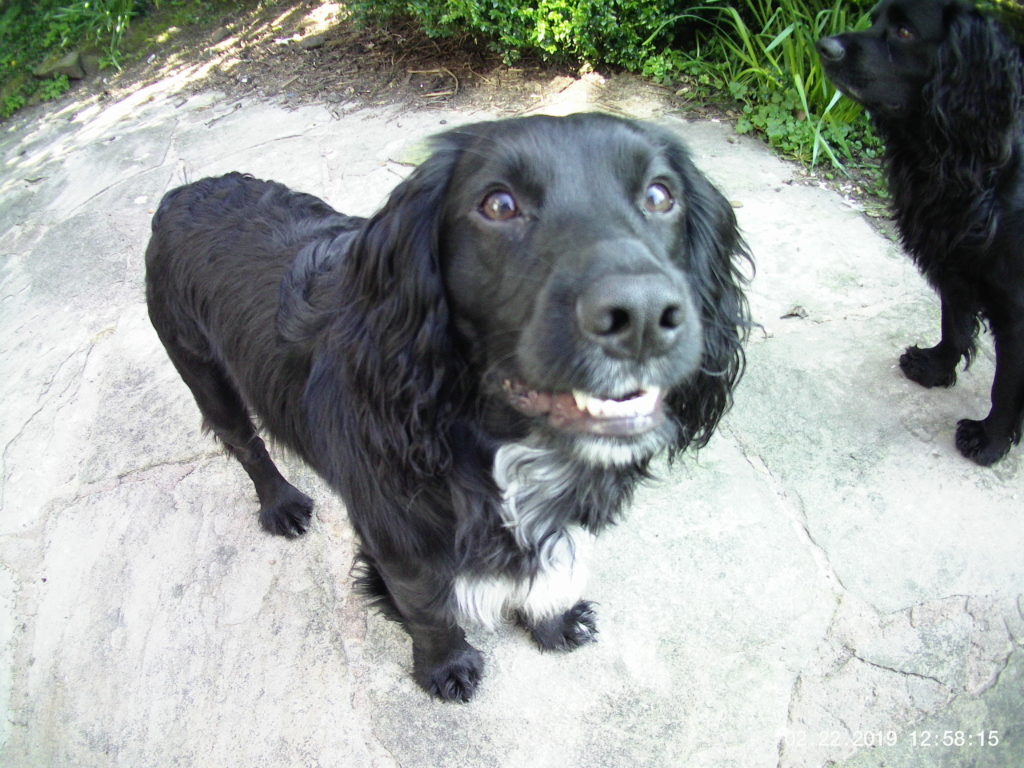
Use a stuffed Kong to keep your spaniel occupied
Easy to use and clean, these toys can be stuffed with almost any type of dog food, which your dog then licks and tries to get out so he can eat it.
I have used dog treats, cheese and peanut butter as Kong stuffing and they are all enjoyed by my spaniels, who take delight in prising the food out.
To make the Kong last longer you can even put a stuffed Kong into the freezer to solidify it, like an iced lolly for dogs.
I like the regular Kong toys because they they are tough, they roll around so it is a challenge for a dog to hold it and they have to think about this as well as extracting the food contained inside.
They are also easy to clean and you can put them into the dishwasher.
You can also find similar toys to Kongs that are just as tough and easy to clean such as these West Paw Dog Toys.
Teach your spaniel the names of his toys
According to experts it’s said that a dog can recognise around 165 words and, can count to 5.
There are some dogs that can go even further and recognise many more words.
Teaching a spaniel or other dog to recognise things by name, such as his toys, is a fun thing to do and will work your dog mentally, helping to keep him occupied.
You can start with one specific toy, giving it a name, show the toy to your dog and repeat the name.
Do this regularly and, before long, your spaniel will associate the name with the toy.
Just as he recognises the word ‘walk’ with going for a walk, he’ll soon recognise the toy’s name.
Once you have some success, repeat with other toys.
Eventually you can have a game where you say the toys name and ask your spaniel to find it and bring it to you.
A great game to play and a challenge for your dog.
The ‘which hand game’
Most dogs are really good at this game and it’s an easy one for your dog to learn.
Take a nice treat and put it in one of your hands.
Hold both hands out to the dog with your fists closed and ask the dog ‘which hand’.
Hopefully your dog will sniff your hands and choose the correct hand. When he does open your hand and give him the treat.
Try different treats and if he gets it wrong encourage him.
This simple game encourages your dog to use his nose and think about which hand the treat is in.
Take him for a ride in the car
If you have a car then you can take your dog for a ride out.
Most dogs enjoy a ride out, even if its only for a short time.
It’s stimulating for them, they enjoy the sights and smells, and, if there’s any chance to get out and have a sniff around, even if it is just at the supermarket car park for a few minutes, then why not take them with you?
FAQs
How much exercise does a Cocker Spaniel need to stay busy?
What are some engaging toys or games for Cocker Spaniels?
How can I prevent my Cocker Spaniel from getting bored when I’m not home?
Are there any specific training exercises that can help keep a Cocker Spaniel busy?
What are some indoor activities that can keep a Cocker Spaniel entertained during bad weather?
Final Words
A bored dog is an unhappy dog and it’s unfair for us to ignore his needs.
Dogs love interactive play, games such as fetch, hiding treats, exploring, anything that challenges his mind and makes him use his senses, particularly his sense of smell.
If you can keep his tail wagging and a big doggy smile on his face then you’re doing something right.
